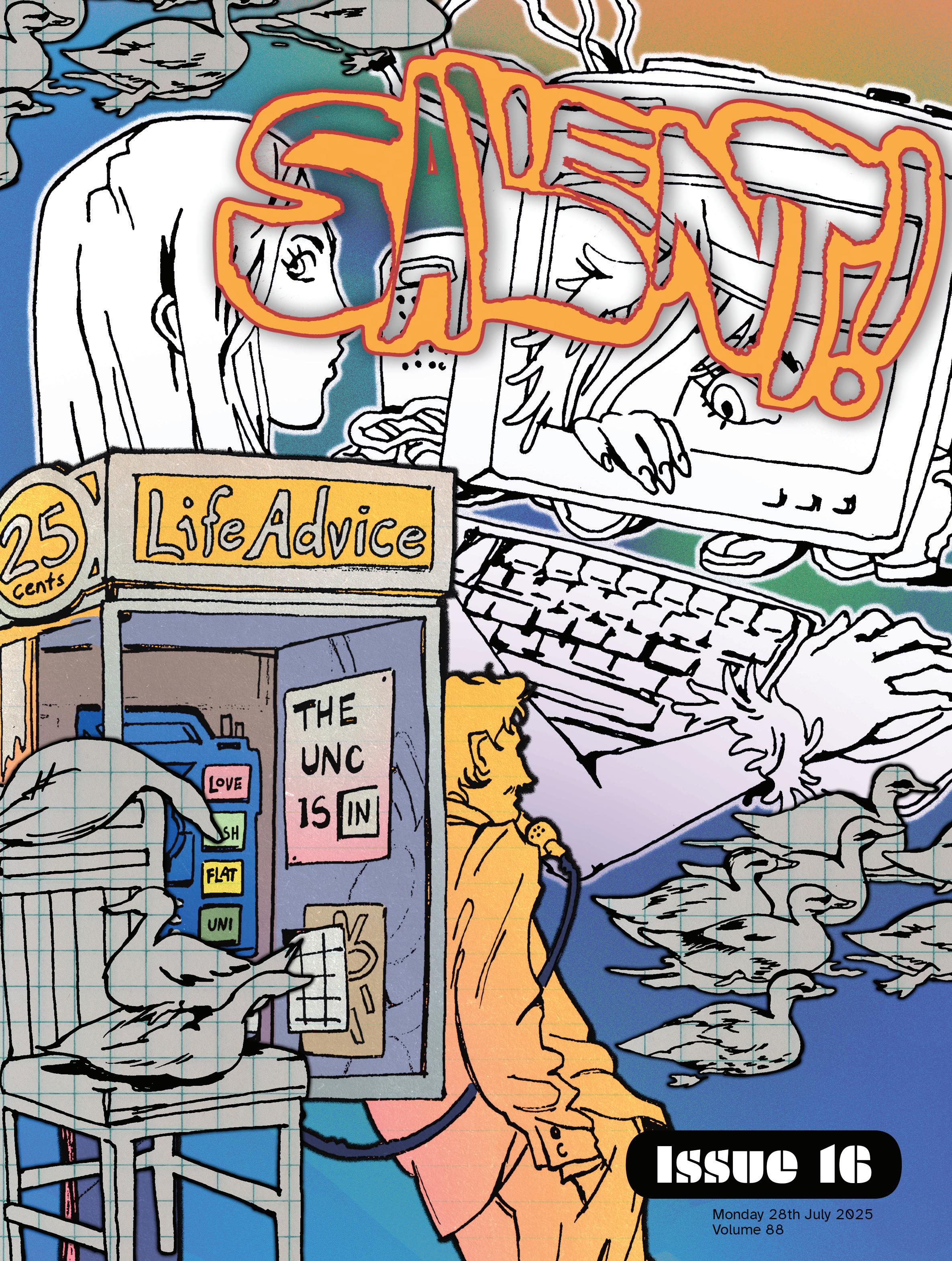
By Phoebe Robertson Editor of Salient 2024, Acting Editor from July 2025


By Phoebe Robertson Editor of Salient 2024, Acting Editor from July 2025
Honey, I’m home !!
We pulled this issue together on a deadline even tighter than student journalism usually allows—and in pretty unusual circumstances. You probably know why. We’re not here to rehash it.

What you might not know is that I’ve stepped back into the role of Acting Editor. It’s a strange way to return—mid-upheaval, mid-production—but here we are. So if you’ve pitched to Salient before, I’m asking you to please repitch—or just flick me an email. We’re starting fresh, and I’d really like to hear from you.
For this issue, we’ve scaled things back. Fewer pages, fewer pieces, a simpler design than what you’ve seen so far this year. Some of you might not like that, and that’s okay. Some of you might be a bit confused—also okay. Things have been a bit chaotic, and we’ve tried to focus on clarity. This issue is quieter, more deliberate. It’s a first step toward the kind of Salient we want to build.
With less content, we’ve had more space to focus on the pieces we do have. Everything here got real attention (as much as the deadline allowed). We didn’t cut things down because there’s nothing to say—we just wanted to give what is here more room to land. Massive thanks to our contributors, Ryan Cleland and Marcail Parkinson, who didn’t just send through drafts—they trusted us with their work. That means a lot.
You’ll see a few other changes too. The Gig Guide’s been expanded and isn’t just about music anymore. The Puzzle Page has had a revamp— more stuff to muck around with between (or during) classes. Because play deserves space, too.
This isn’t a grand relaunch. It’s a beginning—and beginnings are always a bit weird. They don’t come clean. They happen in the middle of things. We’ll probably mess some stuff up. But we’re here, giving it a crack. Trying to make something that’s thoughtful, honest, and open. A magazine that can be angry, generous, funny, political—and fun to read.
We’re also testing out a few new sections. Agony Unc(le) is here now— offering advice to students game enough to ask for it. The revamped Puzzle Page has a “Would You Rather?” to start arguments with your flatmates, and a few other small surprises tucked in along the way.
Coming back into this role wasn’t something I planned. But I’m really grateful for the trust my team has shown me, and for the support we’ve had from our contributors and community as we try to steady the ship. Thanks for sticking with us. We’re glad you’re here—and we’re excited for what’s next.

time: Monday 8.00pm location: Fringe Bar
Chaotic, charming, and occasionally unusual. A grab-bag of comedy hopefuls, hardened veterans, and meaty surprises.
time: tuesday 8.00pm location: Space Place
Sip, snack, and soar through the cosmos in this immersive planetarium night tracing humanity’s awe-filled journey through space exploration.
DUNGEONS AND DECADES: TIME IS JUST A NUMBER
time: thurs 6.30pm location: BatS theatre
time-traveling chaos, 80s nostalgia, and tabletop hijinks collide in this riotous live d&d romp through decades of adventure and absurdity.
STONE TEMPLE PILOTS / RADIOHEAD / NIRVANA Tribute Show
time: Fri 7.00pm location: San Fran
A roaring tribute to grunge legends— Stone Temple Pilots, Radiohead, Nirvana—delivered with sweat, distortion, and farewell-tour urgency. one night only.
Te Aro Zero Waste Just Sew Repair (Under $10)
time: Sat 1.00pm location: 2 Forresters lane
Slow fashion meets climate action— patch, mend, and revive your clothes in a calm, communal space powered by sewing, snacks, and community.
Moon Jam Nite (Free!)
time: tuesday 7.30pm location: Moon Bar
Part open mic, part spontaneous jam session. Sing, shred, or spit poems—then melt into the music with strangers.
Eyegum Wednesday (Free!)
Thursday 7pm Voglemorn upstars
A glam-soul indie lineup led by The Weather Machine, served with retro flair, local love, and a cheap student night.
Barbarianism 5 Extreme Metal
time: thurs 6.30pm location: Underworld tavern
A three-night descent into New Zealand’s heaviest metal underground— blackened riffs, guttural roars, and mosh-pit devotion at its best.
Dark Entries Vol. 2
time: Saturday 8.00pm location: Underworld tavern
A shadow-drenched dancefloor for the beautifully unwell—Goth, darkwave, and Synth lovers unite under the pulsing lights of outsider joy.
Everybody Eats (Under $10)
time: Sun-Weds 6.00pm location: 60 dixon Street
A charitable restaurant serving 3-course meals, for everyone to enjoy on a pay-what-you-can basis.
ISSUE 16
EDITOR
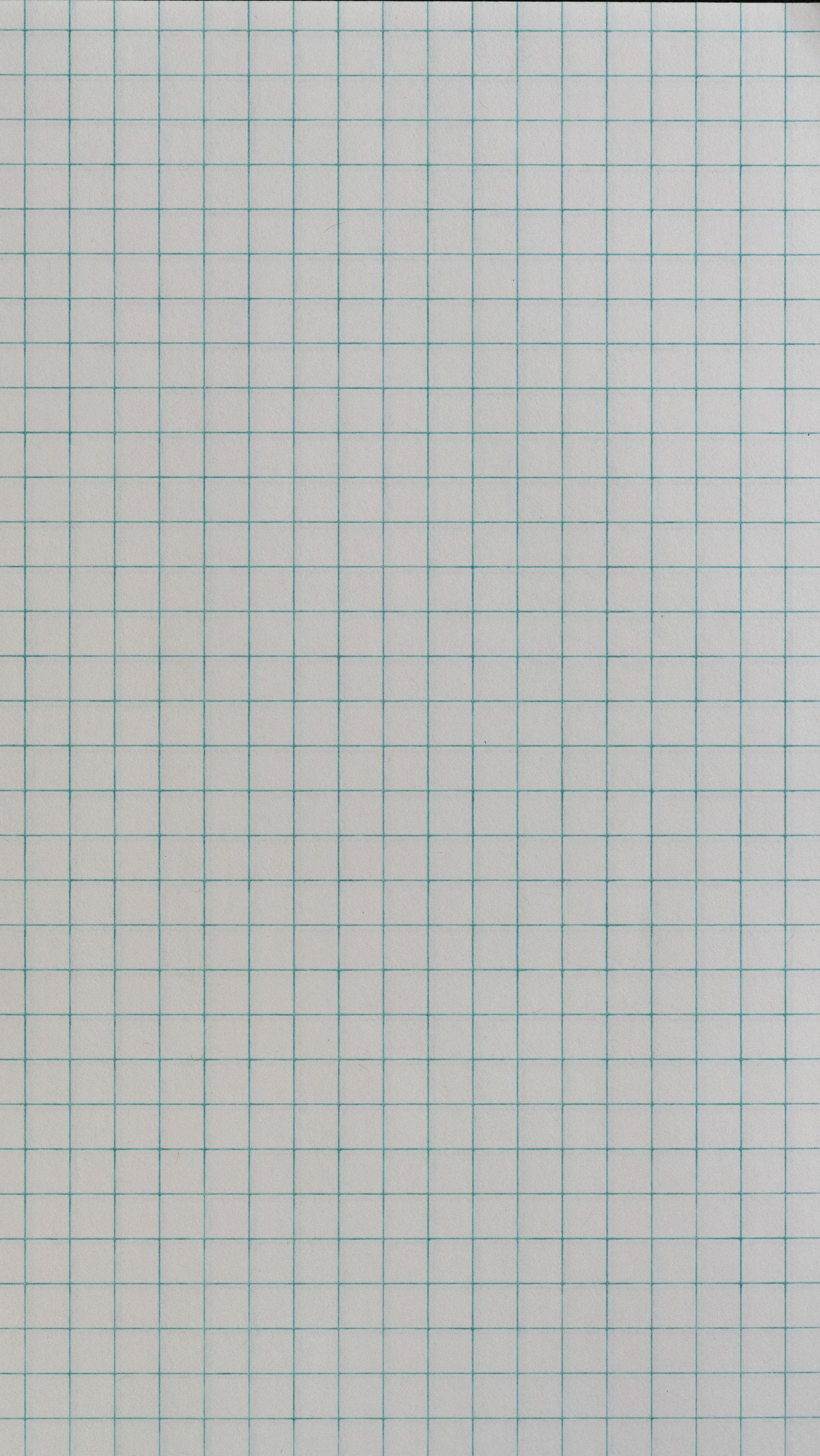
28 JUlY 2025
Phoebe Robertson (Acting)
TE AO MĀORI EDITOR
Taipari Taua
NEWS EDITOR
dan Moskovitz
NEWS WRITER
darcy lawrey
MUSIC EDITOR
Jia Sharma
COLUMN EDITOR
Georgia Wearing
DESIGNER
Cal Ma
JUNIOR DESIGNER
Nate Murray
FEATURE WRITER
Te Urukeiha Tuhua
RESIDENT FURRY
teddy o’Neill
CONTRIBUTING WRITERS
Ryan Cleland
Saad Aamir
CENTERFOLD
Nate Murray
DISTRIBUTION
Saad Aamir
ADVERTISING SALES advertising@vuwsa.org.nz
READ ONLINE salient.org.nz issuu.com/salientmagazine
GET IN TOUCH editor@salient.org.nz Instagram/salientgram Tweet/salientmagazine Facebook/Salient
LETTERS
Got something to say about the magazine? Want it published? editor@salient.org.nz
Salient is published by, but remains editorially independent from, the Victoria University of Wellington Students Association (VUWSA). Salient is funded in part by VUWSA through the Student Services levy. Salient is a member of the Aotearoa Student Press Association (ASPA).
Complaints regarding the material published in Salient should first be brought to the VUWSa CEo in writing (ceo@vuwsa.org.nz). ideally, by motorcycle. A letter can also be sent to the editor, for their response/publication in the magazine. If not satisfied with the response, complaints should be directed to the Media Council (info@mediacouncil.org.nz).

By darcy lawrey (he/him)
If you’ve been following the Wellington mayoral race, you’ve likely heard about Ray Chung, Andrew little and maybe Karl tiefenbacher. But on June 9, former chartered accountant Alex Baker entered the race. I sat down with him to hear his case for the capital’s top job.
Baker explains that it was a feeling of guilt which compelled him to run.
“I was just having such a nice time with my kids, gardening, et cetera, when I just started feeling a bit guilty, like, i am selfishly doing diY in my house, when I could be like putting my skills to use to try and deal with some of these issues that my kids are going to grow up and face.”
And looking around at the competition, he didn’t feel reassured.
“Wellington would be better off electing an empty seat, than having Ray Chung as mayor,” he says.
Baker is no more enthused about the centre-left contender either.
“andrew [little] is the left-leaning candidate, but I just don’t believe for a second that he actually cares about the city making progress, […] he’s not focussed on things that are going to make this city more affordable, more sustainable, that are going to make the city a place that people want to move to.”
in May, little told the council it would be “unethical” to continue signing contracts for the Golden Mile pedestrianisation project. Baker calls this decision “dogshit” and warns that delaying the upgrades could inflate the cost from $100 million to $250 million if central government funding is withdrawn. He is the only major candidate who supports continuing the ambitious project, kicked off by Tory Whanau.
Baker is also highly critical of the city’s long-term underinvestment in its central business district, particularly Courtenay Place.
“This was a really great vibrant place. And then, for 10 years, we thought that the government was going to invest in making it better, so we stopped spending money. And now it’s a shithole.” He says.
According to him, the Golden Mile upgrades are key to revitalise the area—not just “a bit of paint and water-blasting”.
on student issues, Baker aligns with the Victoria University of Wellington Students’ Association’s (VUWSA) campaign tagline “No Work, Shit Pay, Why Stay?”
“100 percent,” he says. “Why would anyone stay, when there’s shit pay? That’s exactly what my campaign is about […] purposeful, well-paid work is why people stay in cities.”
His flagship policy is to overhaul how the council calculates rates—shifting from total capital value (including buildings) to land value alone. He argues this would drive investment in affordable housing and discourage land banking.
“land bankers and owners of underdeveloped, high value land will pay more,” he says. “This will either incentivise them to put the land to better use, or ensure they pay their fair share.”
Baker also supports improving priority lanes for public transport, working with mana whenua, and compensating businesses for disruption caused by city-improvement work.
In addition to running for mayor, Baker is standing for a councillor seat in the Eastern General Ward. While he expresses frustration at the lack of media coverage his campaign has received, he says public response has been encouraging. Having largely self-funded his campaign, he insists he’s serious—and he wants to win.
Enrol to vote at vote.nz to have your say in the local election on October 11, 2025.
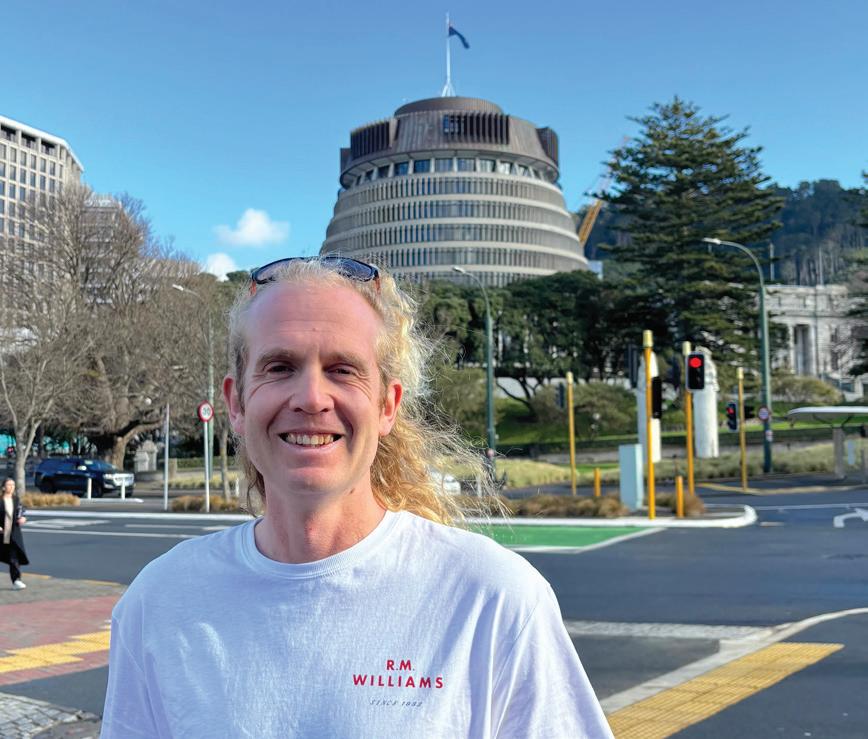

By Em Maguire (they/them)
on July 16, it was announced that te Kahui aūaha, Whitireia/Weltec’s creative campus on dixon St in central Wellington — will close its doors at the end of 2025. the news followed months of protest, disappointment and public outcry from the wider arts community.
te auaha, run under the te Pūkenga tertiary model, will be shuttered in the name of “financial viability.” This decision will eliminate 48 jobs, displace students and dismantle specialised teaching spaces and performance venues. Some courses will be relocated out of the city; others will disappear altogether.
To put it bluntly: it sucks shit.
And more to the point, it’s a terrible, short-sighted decision. It reflects a pattern of chronic under-support from anti-arts governments that will have far-reaching and challenging consequences for the future of our artists in Aotearoa— particularly in its so-called “creative capital.”
If you’ve never been to Te Auaha, here’s a description. It’s a high-rise building in Central Wellington with purpose built theatres, a cinema, a gallery space, many rehearsal rooms and teaching space, alongside a bar. It contains, arguably, the best performance spaces in Wellington and in reality, the most accessible ones. It has, since 2018, also been the site of a broadish arts tertiary programme, including things like drama, dance, musical theatre, film, hairdressing and more.
The future of the venue spaces remains unknown, but it is hardly beneficial or viable for students studying in these purpose-built spaces to be moved out of the CBd into venues that almost certainly do not have the space, technology or ability to properly house them.
This isn’t the first time arts training has been under threat in Wellington.Just two years ago, Victoria University’s Theatre programme narrowly
survived major cuts after intense protest. Community arts pathways Young and Hungry, Summer Shakespeare, and Creatives in Schools have all steadily erased, giving the capital’s young artists fewer ways to grow.
There’s a myth—perhaps popular among policymakers—that artists spring fully formed from Peter Jackson’s forehead, like Athena from Zeus. But arts education is foundational. It fosters skills, exposes artists to new ideas, connects them to peers, and improves not just their craft, but their sense of self.
I truly don’t know who I’d be as a theatremaker if I hadn’t found the work of those that influence my style the most, and outside of my work, I’d certainly be a worse person.
So, can we really call ourselves the “creative capital” when we keep dismantling the very structures that nurture creativity?
Meanwhile, Christchurch is gaining momentum, buoyed by a revitalised Court Theatre and stable arts training. Auckland boasts a rich and broad arts ecosystem. Even smaller centres—Nelson, Palmerston North, Hamilton—are fostering growing creative movements.
Wellington is being left behind.
We are failing our artists, and, in doing so, we are failing ourselves. The only solution is to fund the arts, support the arts, and treat them as essential, not expendable. But that requires leaders who are willing to listen.
I don’t know what’s going to happen to Te Auaha. I hope it survives in some form, and not just because it contains my favourite brand of lighting board. It is a hub and a home to so many artists and arts organisations and the birthplace of so much creative potential.
By dan Moskovitz (he/him)
A Salient investigation has found that disabled people were neither consulted nor considered when the government moved to repeal the Plain language act (Pla), a law designed to ensure public information is accessible and easy to understand.
the legislation, introduced in 2022, required government agencies to provide plain language officers, staff training and report on their progress to the Public Service Commission (PSC).
After taking office, the National Party moved swiftly to scrap the measure, arguing that it imposed unnecessary bureaucracy. But for many in the disabled community, the law served a vital purpose.
“Neurodivergent people often struggle with how to interpret laws and regulations, and plain language makes them much more accessible,” said Hope Cotton, president of Victoria University of Wellington’s disabled Student’s association.
“Many intellectually disabled people also rely on the Pla to make laws and government forms accessible,” she added. “Furthermore, disabled and chronically ill people interact with the government looking for funding for healthcare, medication, accessibility tools and benefits more often than the average Joe.”
“I can’t tell you how many hours I’ve wasted trying to get the medication I need funded.”
Cotton said the repeal runs counter to New Zealand’s commitments under the United Nations Convention on the rights of Persons with disabilities.
the dSa is not alone in its criticism. Multiple advocacy groups across the country have voiced concern that the repeal will make government communication less accessible to those who need it the most.
despite this, documents obtained under the official Information Act show that advice provided by the PSC to government ministers made no mention of the law’s impact on disabled people. Nor
were there any emails or communications within the PSC discussing this issue.
The PSC did not respond to questions from Salient in time about why disabled about why disabled people were not consulted or mentioned.
Even Whaikaha the Ministry of disabled People—appears to have been blindsided by the act’s repeal.
“We just saw the Plain language act is being repealed, but I don’t think we were consulted on the proposals,” wrote Amber Coyle, a ministry official, in an april 2 email to the PSC. “do you think you could put us in touch with the team advising on this?”
By then, the repeal bill had already passed its first reading in Parliament—on April 1.
Whaikaha told Salient that subsequent conversations with the PSC occurred over the phone. No records of these discussions exist.
labour MP Priyanca radhakrishnan, the party’s spokesperson on disability issues, said the government’s choice to use its time and resources on the repeal was shameful.
“It’s very sad to have a government which thinks making democracy accessible is a waste of time,” she said.
The repeal bill is currently before Parliament’s Governance and Administration select committee. according to radhakrishnan, more than 9,000 public submissions have been received, which were overwhelmingly opposed.
the committee is due to report back in october. Radhakrishnan said she hopes it will recommend that parliament reject the appeal.
PSC Minister Judith Collins defended the government’s position in a statement to Salient. She considered it “the responsibility of every public servant to communicate using clear, easy-to-comprehend language,” and that repealing the act did not prevent this.

By James Hornsby (He/him)
Ngā Mokopuna is the hot new eco-warrior kid on campus. If you’re not familiar with the building, it “aspires” to meet a living Building Certification from the international living Futures institute. Part of this means that it was designed to be self-sufficient, generating all its own electricity, collecting all fresh water, and managing its own waste.
I have no experience dealing with living buildings, or their aspirations, but I can boast to having many years of experience in using a bathroom. In fact, I can confidently say that I have used a bathroom every day since I was old enough to use one.
the Ngā Mokopuna wharepaku are just as experimental as the rest of the building. The first thing you’ll notice about these futuristic faeces flushers is how the hole in their bowl is awfully small. The bowl is also unusually shaped, with a porcelain hood that curves over the cave-like opening through which all things must flow.
That’s because these are more like airplane toilets than your conventional shitter. As the signs above the toilets read, these are vacuum flushing, and you can tell the difference. When you flush these, they explode in a powerful rushing roar guaranteed to terrify. I say this as someone who recently stayed in a hotel with toilets so powerful that, upon flushing, the ensuing whirlpool would splash over the rim and onto the tiled floor.
things in a Ngā Mokopuna bathroom only get worse from there unfortunately. For starters, the flush button is not located in the normal place, in fact the flush is so hard to find that they’ve had
to add paper signs pointing towards the button, which is located behind the bowl on the back of the seat. The problem is, to press the button, you need to lean right down next to the bowl, which then explodes with its vacuum suction, right in your unsuspecting face. Aside from being a potential accessibility issue, these hard to find buttons are less than convenient, and their proximity to the bowl feels unsanitary.
As an environmentally conscious building, the vacuum loos will use less water than their traditional counterparts, similarly the light-switches are on a ten minute timer to save energy. Anyone who has spent too much time in the bathrooms next to louis’ Café will know that their motion sensitive lights can plunge you into darkness if you sit still for too long, although at least you can wave your arms to turn them back on again. Not like those in Ngā Mokopuna, as the switch can’t be reached while sitting on the porcelain. Ten minutes might sound like a lot, but if you’re someone who likes to have a little protracted poo time, or a bare-assed scroll on the socials, then ten minutes can fly by pretty quick. or worse, maybe you’ve just entered the bathroom after someone else used it, as I did on my first time, only to have the lights flicker off at the worst moment possible.
all this is to say that i really admire what Ngā Mokopuna stands for, and what it is trying to achieve. Climate action and sustainability have never been—and should not be—about convenience or following traditional norms... I just wish that didn’t come at the cost of me trapped in the pitch black with my pants around my ankles.
By Phoebe Robertson (She/her)
It’s July. The world moves on. Gaza does not.
over a thousand people have now been killed while trying to reach food. Not in combat. Not in crossfire. Shot while standing in line for flour, for rice, for canned meals. Mothers. Grandparents. Children. They died waiting to eat. This was confirmed last week by the United Nations human rights office. In the time it took me to write this, at least 15 more have died of starvation. That number is now over 100.
We are living in a time where people starve on camera and we scroll past. Where a toddler with her ribs showing can flicker across our screens and we feel nothing. Where mass civilian death barely cracks the algorithm. Where the world says “never again” and watches “again” unfold in real time, pixel by pixel. Gaza has become the background hum of suffering. But to look away now is a decision. And it may cost us something we don’t know how to recover.
last week, New Zealand was among 25 countries to condemn the “inhumane, horrifying” killing of people seeking food and water in Gaza. In diplomatic terms, that’s about as strong as it gets. The language was deliberate. The horror is undeniable. This came days after UN agencies, including the World Food Programme and WHo, warned of engineered famine. The kind not born of drought, but of siege. Bombardment. Blockade. A kind of starvation that is planned, then denied, then filmed.
Philippe lazzarini, head of UNrWa, called Gaza “hell on earth.” The hospitals are gone. Aid workers are collapsing from hunger. Children are dying before they learn to speak.
And still, the bombs fall.
Even Winston Peters, our deputy Prime Minister and foreign minister, broke diplomatic ranks with an unusually direct call for “an immediate, unconditional and permanent ceasefire.” He’s right. There is no military goal left that can justify burying thousands more under rubble. There is no calculus in which this level of loss makes moral sense. “The war serves absolutely no purpose,” he said. He’s not wrong. But still, the killing continues.
This comes despite his absence to publicly support Green Party MP Chlöe Swarbrick’s bill to impose sanctions over the unlawful occupation of Palestine. With 55 opposition MPs now backing the bill, just six Government MPs are needed to bring it to the floor of Parliament.
Politicians argue that Gaza is complicated. And yes, the history is layered. The geopolitics are brutal. But starvation? That is not complicated. A baby shrieking for water is not morally ambiguous. The shelling of hospitals? The blocking of aid? The slow, public death of children? These are not grey areas. These are crimes. And we know it.
And still, we remain silent.
Here in Aotearoa, the space to care aloud is shrinking. A Givealittle fundraiser for medical relief in Gaza was shut down last week. No reason that made sense to donors. Just gone. The organiser said she was gutted. Said it felt like just trying to help had been made into something suspicious. As though Palestinian suffering is too controversial to treat. As though compassion needs vetting.
When charity becomes dangerous, we are in dangerous times.
Because this is no longer just about Gaza. This is about what kind of people we’re letting ourselves become. Whether we only care when it’s convenient. Whether our empathy can survive saturation. Whether we’re still human in a world that makes it easier every day not to be.
We should care because over two million people are trapped in a place where water is weaponised and bread costs a life. We should care because the law meant to protect civilians is being shredded, and the international community responds with a whisper. We should care because it is not normal to shoot someone for trying to feed their child.
Because if we can watch a child starve on screen and feel nothing, we have lost something we may never get back. Not just empathy. Not just hope. But the muscle of our shared humanity. And once atrophied, it is so hard to rebuild.
Maybe that’s why some people won’t look. Because deep down, we know: if we really saw what’s happening—if we let it into our bones—we’d have to change something. About our lives. About our priorities. About what we expect from the people in power. It would stay with us. Interrupt our day. Make everything else seem absurd. It should.
This isn’t a war on terror or a conflict between equals. It is the systematic erasure of a people under the eyes of the world. Entire families turned to ash. Whole generations displaced. Every statistic is a life that loved something. That had inside jokes and birthdays and stories half-told. Every child buried in Gaza had a name.
If you feel helpless, that’s okay. But don’t confuse helplessness with uselessness. don’t let the scale of grief flatten you into silence. Speak. donate. Write. Pressure. Vote with this in your heart.
Because they are still there. in rafah. in Khan Younis. In tent cities without toilets. In hospital basements lit by cell phones. They are still there. And they are still hoping that someone, somewhere, still sees them.
We have no excuse to look away. Not anymore. Join Salient in making a donation to the World Food Programme for Palestine here:
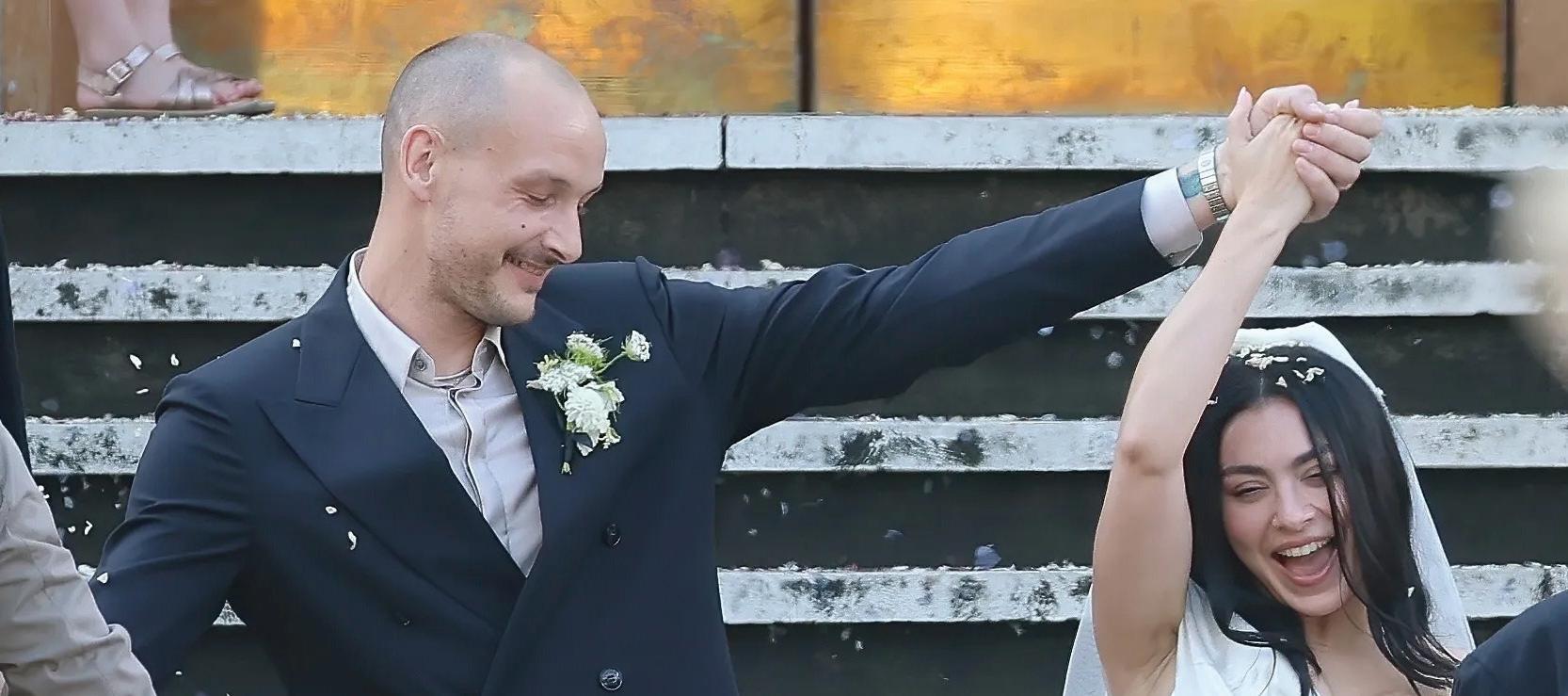

By Salient Team
ozzy osbourne, frontman of Black Sabbath and one of rock’s most iconic figures, died on July 22, 2025, at age 76. He passed away in Birmingham, England, surrounded by family.
Just weeks earlier, on July 5, he played his final show—a charity concert in his hometown called Back to the Beginning.
Seated on a throne due to Parkinson’s, he was still unmistakably ozzy. the original Black Sabbath lineup joined him on stage for the first time in 20 years.
Tributes quickly followed. Black Sabbath posted simply, “ozzy Forever.” His wife Sharon and their children thanked fans and asked for privacy.
ozzy once said he just wanted to be remembered for the music he made with Black Sabbath. After decades of defining heavy metal, it’s clear he got his wish.
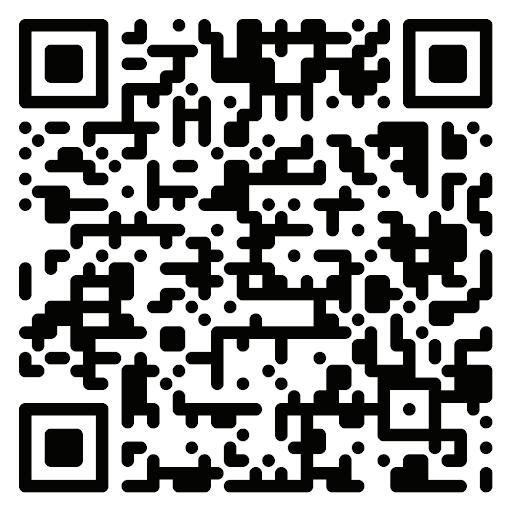
Don’t tap the glass is an incredible album, from instant classics such as Ring Ring Ring to mind itching tracks like Don’t Tap The Glass / I’m Tweakin’. the album is filled with 90s and early 2000s hip hop and pop culture references. My favorite of which is the sampling of the spray sounds from Jet Set Radio.
The album hits hard and is definitely one of his best projects to date. Tyler, The Creator has been feeding us well.
aspen Jackman, VUWSa Equity officer.
Netflix used generative AI to create a major visual effects scene for the first time—and they say it paid off.
Co-CEo ted Sarandos said the tech was used in The Eternaut, a new Argentine sci-fi series, to depict a building collapsing in Buenos Aires. Traditional VFX, he said, would’ve been too costly for the show’s budget.
The scene was made with Netflix’s in-house team, Eyeline Studios, and finished in a fraction of the usual time. Sarandos claimed AI made it ten times faster and far more affordable.
The reveal comes as the industry continues to grapple with ai’s role in filmmaking. in 2023, both Hollywood writers and actors went on strike, partly over fears of AI replacing human talent. Still, Sarandos described the technology as a tool, not a threat—something that can help make films and series “better, not just cheaper.”
Charli XCX and George daniel, drummer and producer for the 1975, tied the knot on July 19 in a small civil ceremony at Hackney Town Hall in East london.
the pair produced Charli’s 2022 album Crash Rumors of a relationship started soon after, and by that summer, they were appearing together publicly.
They announced their engagement in November 2023, after what Charli described as a dreamy weekend. The couple is reportedly planning a second, larger celebration in Sicily.
Vanuata Bislama Lanwis Wik - Vanuatu Bislama
Language Week
From the 27th of July to the 2nd of August, it is Vanuatu Bislama language Week! Fun fact: Vanuatu is the most language-dense country in the world with around 320k people speaking 113 different languages! Bislama is the nation’s most common language. Here are some phrases to encourage the use of Bislama this week:
Halo: Hello
Halo tufala: Hello (two people)
Halo trifala/olgeta: Hello (three people)
Halo olgeta: (more than three people) Olsem wanem? I gud?: How are things? oK? I gud nomo: Just fine Tankiu tumas: Thank you very much
Seymour hits out against “Forced Spirituality”
Kua raru anō a david Seymour i te wiki kātahi anō kua hipa, nā āna kōrero mō te kaha pēhi i ngā āhuahanga wairuatanga ki Pāremata. Ko te kōrero pangore tā Seymour, kua pākaha te pēhi ētahi nō roto o te whare Pāremata i tēnei mea te wairuatanga, ā, kāore he take kia pōhiritia he pirihi, ā kia pōhiritia he kaumātua kia tuku karakia i ia wā ka tuku pātero, ka whakatūwhera whare. Ko tāna, he whakataurite i te pēhi i ngā āhuahanga wairuatanga ki te hunga e whakahē ana ki ngā take takatāpui, ki te whakatahe. Ko tā Winston Peters, “He aha kē au e whakautu i te kuare o Seymour.”
d avid Seymour has come under fire once again, in recent weeks, for comments he made opposing “forced spirituality” in Parliament. Seymour remarked that he didn’t need a priest to visit everytime he“passed wind,” nor did he expect a priest or a kaumātua to do a karakia every time a new building project began. He went on to compare this perceived imposition of spirituality to the religious arguments once used against t homosexuality, abortion, and euthanasia. When asked to respond to Seymour’s remarks, Winston Peters clapped back by asking, “Why am I responding to what david Seymour doesn’t know?”
By taipari taua (Muriwhenua, Ngāpuhi)
Every year i think, “Surely Pākehā don’t need a guide on being an ally to Māori,” and every year i’m proven wrong. So, here’s a guide for all you Pākehā. (Māori mā, show this to the Pākehā in your life).
I am not Google
Māori are not homogenous, and we are not all knowing. Not all Māori think the same, in fact, there can be many variations in protocol and beliefs from region to region. We also all have different experiences and levels of knowledge—not all of us are fluent in Te Reo Māori, not all of us are knowledgeable enough to speak on all Māori topics. in fact, questioning Māori with the assumption that we are all-knowing can bring up feelings of whakamā or shame for Māori who haven’t grown up immersed in the culture. Google exists, libraries exist—go research something.
Go out of your way to educate yourself
don’t rely on your Māori mates or coworkers to educate you on Māori matters. You have a device. You have access to a library. You live in Aotearoa, it’s important that you understand your place as Tangata Tiriti on this land, and the duties and responsibilities that come with that.
No, I can’t “just translate” that often, Māori who are fluent in te reo Māori are asked to translate things for work or for friends, even random acquaintances. This is done under a few assumptions: “Translation is something easy and quick.” This is simply not true. Translating is complex, tricky, and often time-consuming work. We have lives and other jobs to do!
Another assumption is that we’ll do it out of the love in our hearts. Have you seen how much translators get paid? once again, translating is not easy work so if you’re asking someone to do translation work for you then at least give koha to acknowledge the effort put in.
Don’t use kupu Māori for the sake of sounding “woke”
Speaking of te reo Maōri, before you use that Māori word in your Instagram infographic or whatever you’re using it for, ask yourself why you have used that kupu. do you know what it really means? it’s cool to see te reo Māori being normalised, but the wrong use of a word can seem performative, or even misconstrue what you’re trying to say. For example, the word wahine can mean different things depending on which language you use the word in. Sometimes, taking Māori words and shoving them into a random sentence doesn’t work because the context of some words stay inherently Māori, no matter what language the word is used in. The point is: be intentional with your language.

We don’t want to meet your racist relative
Having us meet relatives you know are racist puts us in unsafe situations where we are made to feel suuuper uncomfortable. Also, if your relative is saying nasty things, don’t make us defend ourselves—hold your family accountable.
Say my name, say my naaameeee
Say my name properly, say my name in its entirety! Mispronunciation without trying to correct yourself just shows that you don’t respect someone or something enough to try. Asking someone to shorten their name to convenience you is asking someone to belittle themselves to fit within your frame of capacity. do better! our beautiful Māori names have the inherent mana and mauri of all kupu Māori, as te reo Māori is a language handed down from the gods. We are often given the names of ancestors and special places, so put some respect on them!
the legend himself, dr Moana Jackson, said that there is no relationship beyond repair. despite what the ACT Party might be telling you about division, we all have to do our part in this country to create a better future for our mokopuna, and for you Pākehās, that starts with #2: Going out of your way to educate yourself. i recommend starting with “Ka Whawhai tonu Mātou” by ranginui Walker.
Tamaiti ākona i te kāinga, tū ana ki te marae
Tamaiti ākona i te Kura Kaupapa, tū ana ki te ao, tau ana!
A child taught at home stands securely at the marae
A child taught at a Kura Kaupapa stands securely in the world
the Kōhanga reo movement was born at a time where the Māori language and culture were in a dire state. in 1913, over 90% of Māori schoolchildren could speak the language. By 1975, this figure had fallen to less than 5%. te reo Māori was considered a dying language. in response, Kaumātua (elders) and academics took action to revive it, determined that it would not be lost.
They focused on their mokopuna (grandkids), establishing the very first Kōhanga reo in 1982. a Kōhanga reo— meaning language nest—is a full immersion Māori preschool that focuses on the revitalisation of the Māori language and culture. Eventually, hundreds of Kōhanga were established.
However, it soon became clear that once tamariki left Kōhanga and entered mainstream schools their Māori language was lost almost immediately. So, in 1987, a working group came together to map out a schooling pathway for Kōhanga graduates to continue their education into full-immersion te reo Māori. this came after the first kura, tKKM o Hoani Waititi, was set up in 1985.
t he working group consisted of Katerina te Heikoko Mataira, Pita Sharples, toni Waho, Pem Bird, linda tuhiwai Smith, Graham Smith, Cathy dewes, rahera Shortland, and Tuki Nepe. Together, they developed Te Aho Matua—the philosophical foundation of Kura Kaupapa Māori. it outlines the core principles by which Kura Kaupapa operate.
there are six mātāpono(sections) of te aho Matua:
Te Ira Tangata is all about the human essence—where it comes from and our connections with others. This section of philosophy talks about the connection between the living world and the spiritual realm. It starts off by explaining that all Māori children are seeds sown from rangiātea, the ancestral and spiritual homeland of Māori people. it then reminds us that everyone has their own tapu (sacredness), and that we must respect and look after ourselves and each other.
The Te Reo section of the Aho Matua philosophy is about the Māori language. it stresses the importance of the full immersion of the language, in the aim of revitalising Te Reo Māori. this section also reminds us that while the Māori language is a treasure under Te Tiriti o Waitangi and we have the right to use it in the law, there’s no use for it in Te Tiriti and the law if it’s not also coming from our hearts and from our tongues.
the Ngā iwi focuses on the communities that surround and support students. It emphasises the importance of students knowing where they come from and their whakapapa (genealogy and connections). Ngā iwi says it’s imperative that students take pride in their heritage, while also respecting the whakapapa of others.
A vital section is the importance of the contribution of whānau (family) to the education of their children. Whānau must do their part in the education of their children so that they are raised with the communal values that underpin Māori culture. at kura, you’ll often see whānau playing big roles in helping kura function. one, because that’s part of the philosophy, and two, because of the lack of funding and resources given to kura—whānau truly are the backbone of Kura Kaupapa Māori.
By taipari taua (Muriwhenua, Ngāpuhi)
Te Ao is about the world that surrounds students. This section speaks to both the old world of their ancestors as well as the present world around them. It highlights the importance of students being educated in the knowledge of their ancestors, but not being bound to that world. Te Ao speaks to the importance of students knowing the whakapapa of the world around them from ranginui and Papatūānuku, right down to the environment that surrounds them. This of course includes ensuring that students understand how to look after the environment.
the āhuatanga ako outlines the educational philosophy of Kura Kaupapa Māori. it emphasises the importance of lively and engaging teaching methods as well as learning environments. This can be ensured by surrounding students in environments outside of the classroom like the marae, outside, etc, and by ensuring that students spend time with their elders. It encourages balance: the equal importance of both being quiet and listening as well as asking questions. It also rejects rigid separation by age or gender, fostering healthy, respectful relationships among all students.
Te Tino Uaratanga encompasses the 12 core values of Te Aho Matua. It’s about ensuring the identity of students is strong and fixed to their culture.
today, there are now approximately 67 Kura Kaupapa Māori, as well as a growing number of Kura ā-iwi—schools operated by iwi with a different philosophical framework. The movement has come a long way since its humble beginnings. Its raukura (graduates/alumni) now occupy spaces in Parliament, media, courtrooms, and other centres of influence.
But the challenges remain. The biggest is the persistent lack of funding, resources, and government support, despite Kura Kaupapa Māori consistently outperforming mainstream schools academically. The biggest struggle of all being the humongous lack of funding, resources, and care from the government despite consistently outperforming mainstream schools academically. there are not nearly enough Kura Kaupapa Māori around the country, nearly all Kōhanga reo and Kura Kaupapa Māori are full and have long waitlists, forcing whānau to send their kids to mainstream school in the meantime—often resulting in a loss of language and cultural immersion during crucial years.
This is further proof that colonisation is an active process, not a historical event. Moana Jackson says that colonisation can be defined as the violent denial of the right of indigenous peoples to continue governing themselves in their own lands.
Kura Kaupapa Māori shows what happens when Māori are able to choose what is right for us, by us, and the lack of support for this initiative is a continuation of the denial of Māori to govern ourselves.
and yet, Kura Kaupapa Māori endures—and will only grow stronger. With the progress of the last 40 years, the future is promising.
For me, being educated at Kura Kaupapa has been one of the biggest privileges of my life. It’s more than a school I just happened to attend, it’s something you carry with you forever. Being a raukura is an identity, a privilege, and a responsibility to the promotion and revitalisation of te reo Māori.
Moana Jackson also said that belief was the greatest thing colonisation stole from us—not just our land or our culture, but our belief in ourselves. our belief that our language mattered. That our ways of living were valid. That we were good enough.
Kura Kaupapa Māori defy that disbelief. When most people had given up on the idea of language revitalisation—when being Māori was something to be ashamed of—leaders like Katerina and Pita imagined a future where Māori children were strong and confident in their language and culture.
as Sir Hēmi Henare said,
“it is preposterous that any Māori should aspire to become a poor Pākehā, when their true destiny, prescribed by the Creator, is to become a great Māori.” Kura Kaupapa Māori are the embodiment of this; Te Aho Matua instils a sense of confidence, security, and belief in one’s own self.
To be raised with the knowledge that you are a seed sown from rangiātea—that your mana is an inherent gift passed down from the gods, to your ancestors, to you— results in tamariki who grow up unhindered by the rhetoric that says Māori are lazy, that Māori will never amount to anything. if only every Māori child got to hear that growing up.
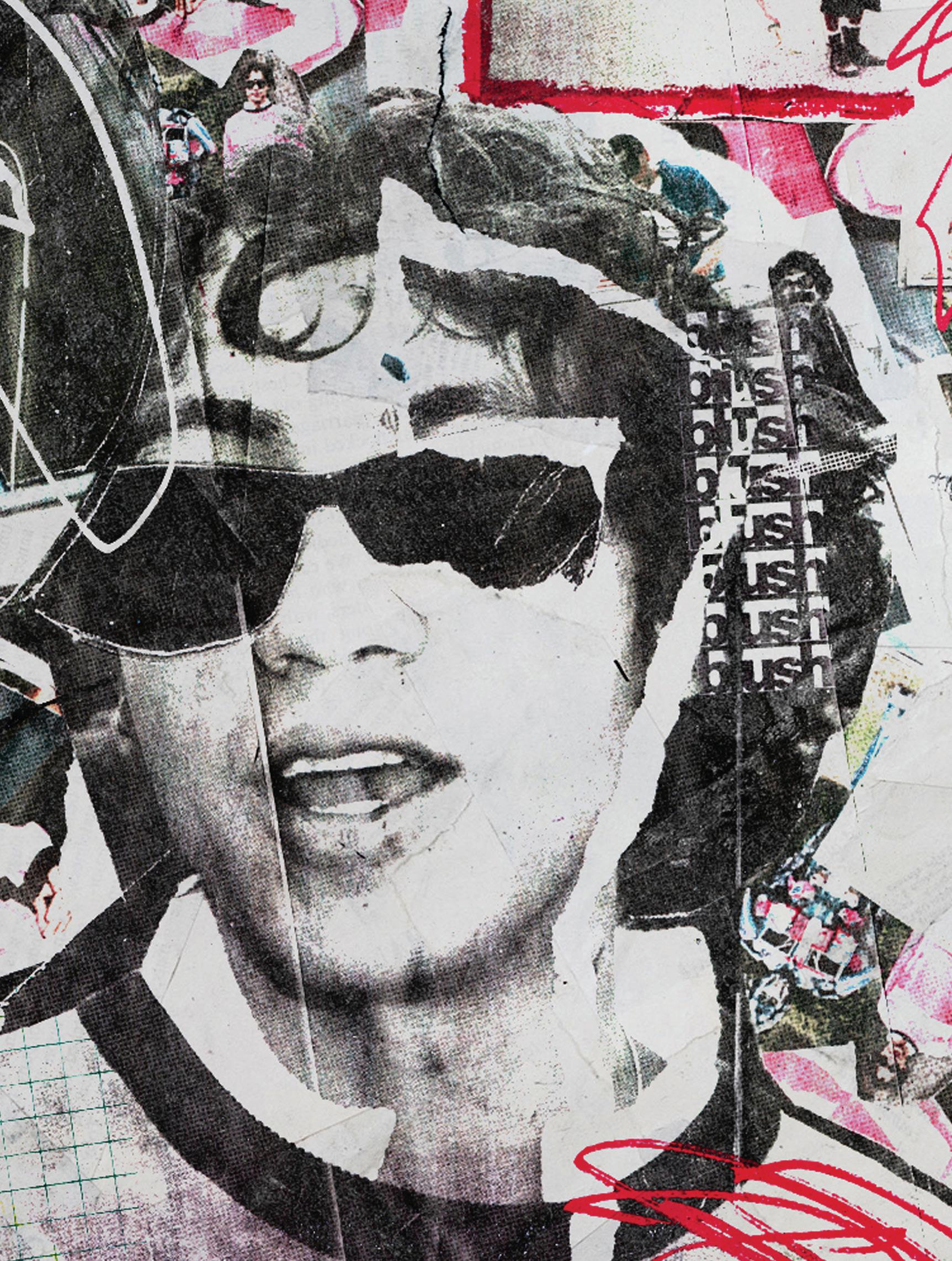
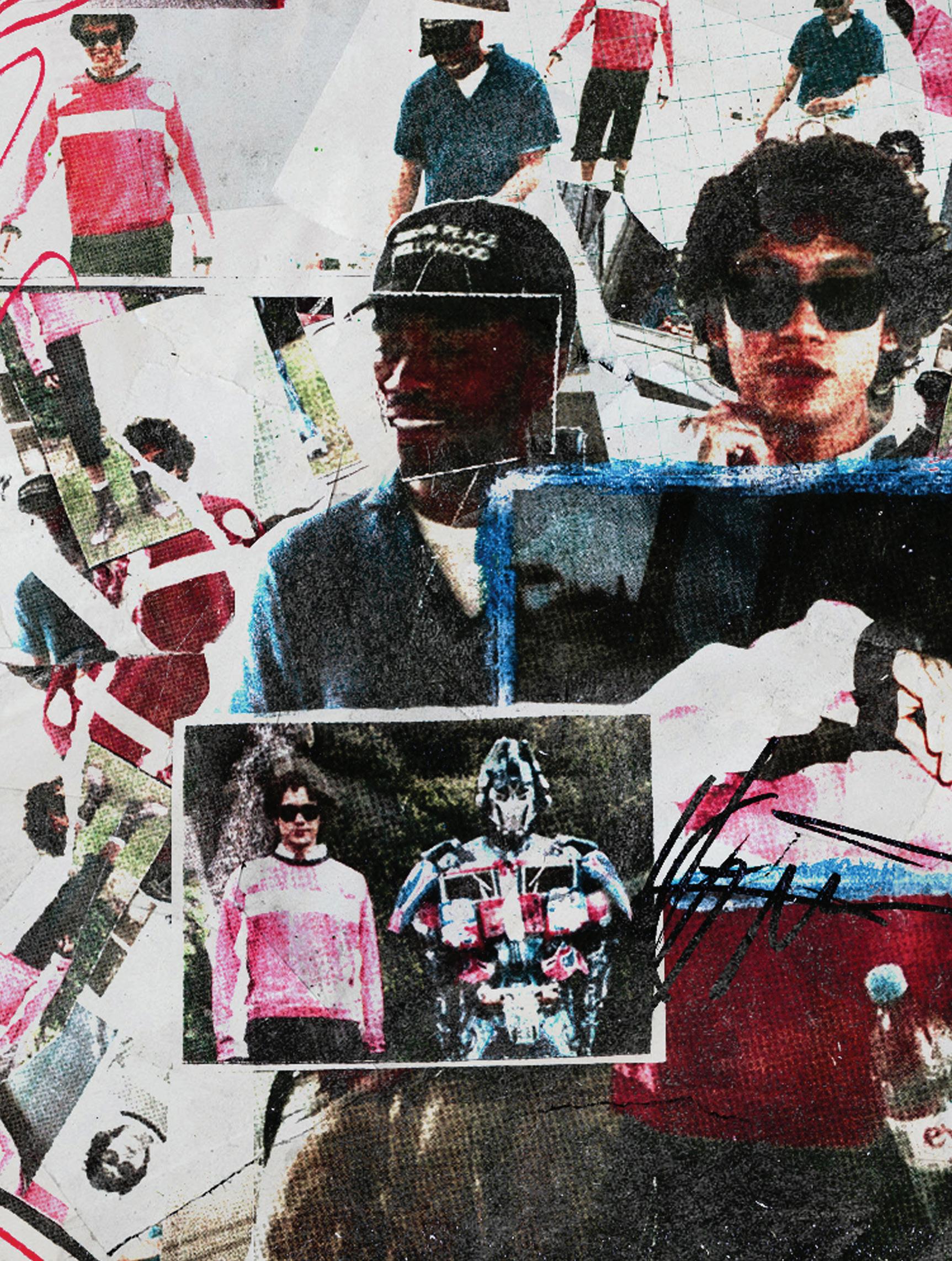
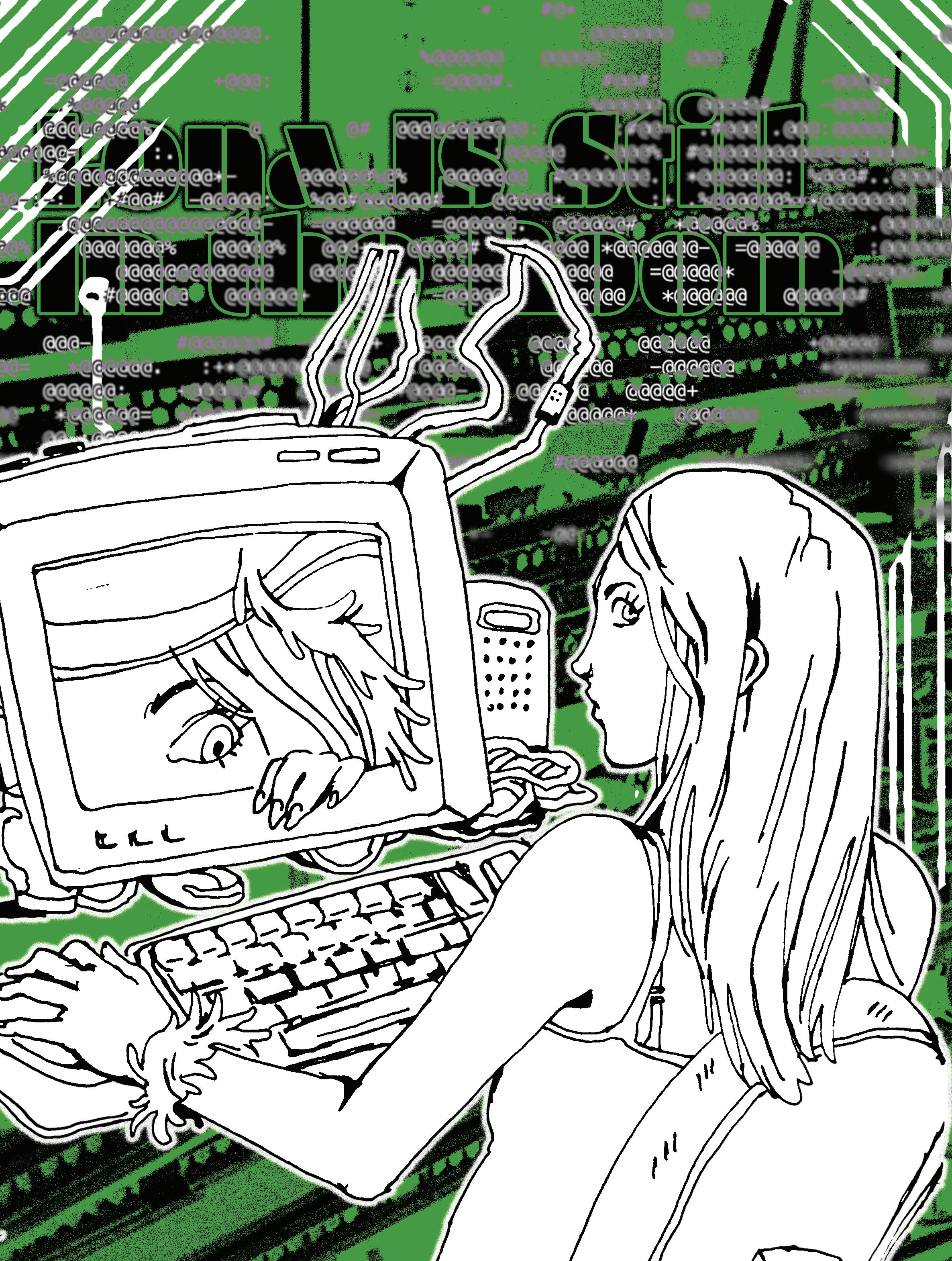
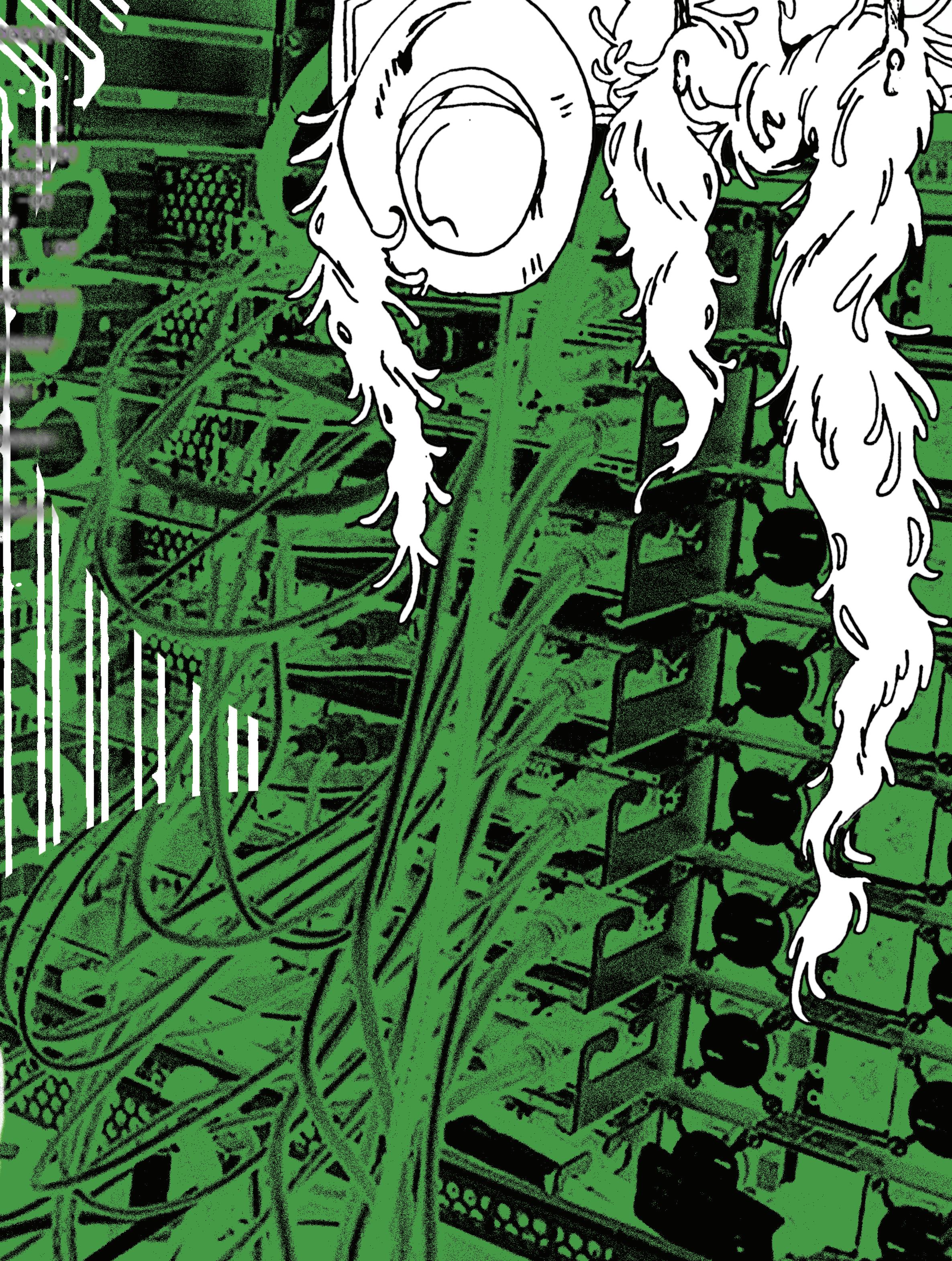
lena Forsén was a Swedish model featured in the November 1972 issue of Playboy. More than fifty years later, she appears again—this time not in print, but projected on the screen in my computer science class. Why?
To understand that, we need to go back to the summer of 1973. Alexander Sawchuk, then an assistant professor of electrical engineering at the University of Southern California, was preparing material for a colleague’s conference paper. Tired of the grainey, outdated test images used since the 1960s, Sawchuk, a graduate student, and the lab manager set out to find something more visually striking: ideally, a glossy, high-resolution photo of a human face.
As luck would have it, someone walked into the lab with a recent issue of Playboy. They opened it to the centerfold and found what they were looking for. They carefully cropped the top third of the image Forsén’s face—and digitized it. That image, known as “lena,” became one of the most widely used test images in image processing, and also one of the most controversial. in 2019 Forsén herself told the filmmakers behind the documentary Losing Lena, “I retired from modeling a long time ago. It’s time I retired from tech, too... let’s commit to losing me.” In 2024, the institute of Electrical and Electronics Engineers (IEEE) banned the use of the image in all of its publications.
So why is she now staring back at me in class?
To find out, I visited senior computer graphics lecturer dr. Fang lue Zhang.
Walking into his quiet office on the third floor of the Cotton Building, Zhang greeted me warmly. He said he was “happy to be interviewed about this interesting question.” The image, he explained, is deeply embedded into the discipline. “Every course, every textbook has used it.” Still, he acknowledged that its continued use may now be alienating.
“People realise it’s probably not alright. Maybe because years ago people did not have as much concern or consideration, but now people have much more respect for more and more women in engineering and people start to rethink the history of whether it is correct or not,” he said.
Zhang was clear that he personally doesn’t find the image inherently offensive. “lots of my friends who are image processors, most of them do not have feelings about whether it brings disadvantage or any effects to the field,” he said. “Maybe I am wrong, but that’s what I get.”
To understand whether Zhang’s view was widely held, I asked some of my classmates. Their responses varied.
one woman told me that the image’s origins made her feel unwelcome. “Choosing a sexualised photo of a woman, even if she isn’t fully nude, sets a precedent. As a woman in computer science, that doesn’t feel very inviting.”
Another student shrugged it off: “You know compsci students don’t go outside—they don’t touch grass.”
And another said, “I guess it doesn’t bother me that much. To me it’s just a lovely picture of a lovely lady and if I didn’t know anything about the associations of playboys I wouldn’t bat an eyelid.”
The image clearly provokes a range of responses. But if even a small number of students find it alienating, does it belong in the classroom? Computer Science has long suffered from a gender imbalance. According to the New Zealand Technology Industry Association, women make up just 28 percent of the tech workforce. But it wasn’t always this way. In the early days of computing, many programmers were women. Programming was considered low-status clerical work, akin to typing or operating a telephone switchboard.
In 1967, Cosmopolitan published a piece titled “The Computer Girls,” encouraging women to pursue the field. In contrast, by 1985, 38% of computer science jobs in the U.S. were held by women. As computing grew more prestigious and lucrative, men began to dominate the field. Cultural changes—like marketing personal computers as boys’ toys and persistent gender sterotypes—contributed to the decline in women entering tech.
Many of the women I spoke to described social barriers that made computer science feel unwelcoming. Several pointed to a sense of

exclusion, saying it often felt as if cliques had already formed, leaving them on the outside—or worse, feeling unsafe.
“I didn’t know who I was gonna sit next to, who I was gonna be comfortable with,” one student told me. “ Proportionally, compared to other classes, the chance of sitting next to someone uncomfortable felt high.” She recalled one unsettling incident in math class. “I had a guy who stalked me that day. He followed me around a bit. I didn’t see him again, but I found out later he had asked out a friend, and a bunch of other friends, too.”
Stories like hers make it clear that the issue isn’t simply the gender imbalance. It’s the behavior of a select few which can create an environment where some women feel unsafe.
As another student put it: “I’ve realised it’s not all gross guys. The problem is I just don’t always wanna take my chances.”
Against this context, using the “lena” image in class felt like more than a historical artifact— it felt like a message. It reinforces the sense that Computer Science remains a space where women are expected to tolerate discomfort and objectification. It’s normalised. For students who already feel a minority in class, being asked to engage with an image rooted in Playboy history is incredibly tone-deaf. That discomfort, students told me, was compounded by the broader culture of the field.
Still, there are signs of change. Some students said they’ve found comfort in the increasing presence of women in teaching roles. “It would be nice if there was more acknowledgement in class about ethics, and that women’s voices are so few that often they don’t come up,” one student told me. She praised her lecturer Andrew Chalmers, saying, “I would feel comfortable going to him—he would take me seriously.”
Another remembered a standout teacher: “one of the most amazing teachers ever was a lady teaching Information Systems.” She also appreciated that her group projects had gender balance, with two men and two women.
Even dr. Zhang echoed this point. “More female staff members will attract more female students,” he said. “When I studied, my class had only 30 students and just three women. But now, in our staff, we definitely have more than that—nearly 40%.”
Change takes time—but representation matters.
last month, i travelled to tāmaki Makaurau and sat down with Vicki Mercer—my programming teacher of four years, and without question the best i’ve ever had. in 1985, she graduated from the then North Texas State University with a Bachelors in English and “Information Systems”.
We spoke about what she called the “dark ages” of computer science, and what it was like to be there during the field’s formative years. Between stories of hole-punching code and writing in Assembly, she reflected on how surprisingly mixed her classes were. Her first programming instructor was a woman, and she said she always felt comfortable in those early classrooms.
Growing up in an era when the “lena” image was widely circulated in computing circles, Mercer said she hadn’t even heard of it.
Her experience is a case study in what many of my peers had shared: the best antidote to misogyny or exclusion in tech isn’t debate over symbols—it’s increasing the number of women in the room.
Mercer moved to New Zealand in 1996. Since then, she said, the number of female students in her classes has remained relatively steady: “Sometimes there were four or five, some years only one or three and several years there were none.”
Mercer recently stepped back from her role as ICT manager and teacher at Glendowie College. one of her former students, Cat, now teaches programming in her place—a small but telling sign of progress.
As for the image that sparked these conversations, “lena” was quietly removed from our assignment. dr. Zhang cited evolving standards. “Just remove it for now and maybe later we can replace it with another Image.”
There was no formal announcement, no classroom discussion. But the decision was an important one. For many students—especially those who had felt uneasy or excluded—it marked a subtle yet meaningful shift: evidence that the culture of computer science can evolve, that it can listen, and that it doesn’t need to cling to the past to teach the future.
In a field so often committed to innovation, perhaps it’s only fitting that the conversation around who belongs—and what messages we send, even unintentionally—continues to move forward.

day Moon’s new EP, Garden Rock, surpassed and disproved every expectation I had going into their recent live show. I deliberately avoided listening to the release beforehand, opting instead to experience it fresh and live. I’m so glad I did. Each song came as a welcome surprise—filled with so many different voices and unexpected twists and sounds.
They opened with Warm, introduced by guitarist louis: ”Would you like to warm up with us?” it was the perfect invitation, immediately lifting the energy of the room. La La Lorelai stood out with its whimsical touch, while Orange Platform Boots brought a groovy, infectious energy that had the crowd jumping all over the place. But it was Intimacy that truly stole the show. Moody, haunting, and emotionally rich, the track cut through the high-energy set with a striking depth. leaf, the band’s percussionist, delivered an ethereal vocal performance that matched the atmosphere perfectly.
In fact, all four vocalists had their moment in the spotlight. Each brought something unique to the stage, adding colour and character to the night. one standout moment came when lex, one of the vocalists, began making bird sounds mid-song. I don’t know if there’s anything more Garden Rock than that.
And what is Garden Rock? The band offered a delightfully cryptic prompt: “If you want to know what it means, listen to the EP.” They’re right—no single definition quite fits. . It’s scruffy with lots of vocals and percussion that features a diverse mix of sounds. However, don’t take my word for it, nothing can compare to actually hearing it.
Midway through the set, day Moon treated us to an unreleased track, Alley Cat Boogie, featuring vocals by pianist Belles. This performance only made me even more excited to see what this band will do next and hinted at even more versatility to come. When the final song ended, the crowd naturally started chanting “one more song!—but the band had played through their entire repertoire. With an EP this strong, it surely won’t be long before they’ve got more to offer.
What’s striking about d ay Moon is how effortlessly their alternative sound crosses into broader appeal. on tour, the band encountered wildly different crowds across the country, yet even in places where no one knew the words, people connected. That speaks volumes.
The EP itself—self-produced and “homemade”— is impressively polished. You’d never guess it wasn’t crafted in a professional studio. It feels like a love letter to Wellington as much as it is a musical statement. day Moon describes themself as a band made by Wellington for Wellington, and it shows. They care less about their genre or trajectory, and more about the creative space they’re cultivating. In their time together, they’ve carved out a little corner of the Wellington scene.
With the tour wrapped, the band is taking a breather. But we won’t have to wait long for more. day Moon returns to the stage at San Fran for Eyegum Wednesday on September 3rd, playing alongside Fine Wine Social Club. I can guarantee this is not a band to miss. If not for the name alone, then for the mystery, the music, and the magic of Garden Rock. You won’t leave disappointed.

By Marcail Parkinson (she/they)
These are just a few of the messages I received in the months after april 2024, when Victoria University of Wellington postponed its planned Free Speech Debate . Though pitched as a discussion on free expression, the panel was glaringly lacking in diversity—and featured speakers who had a documented history of platforming racist and bigoted views.
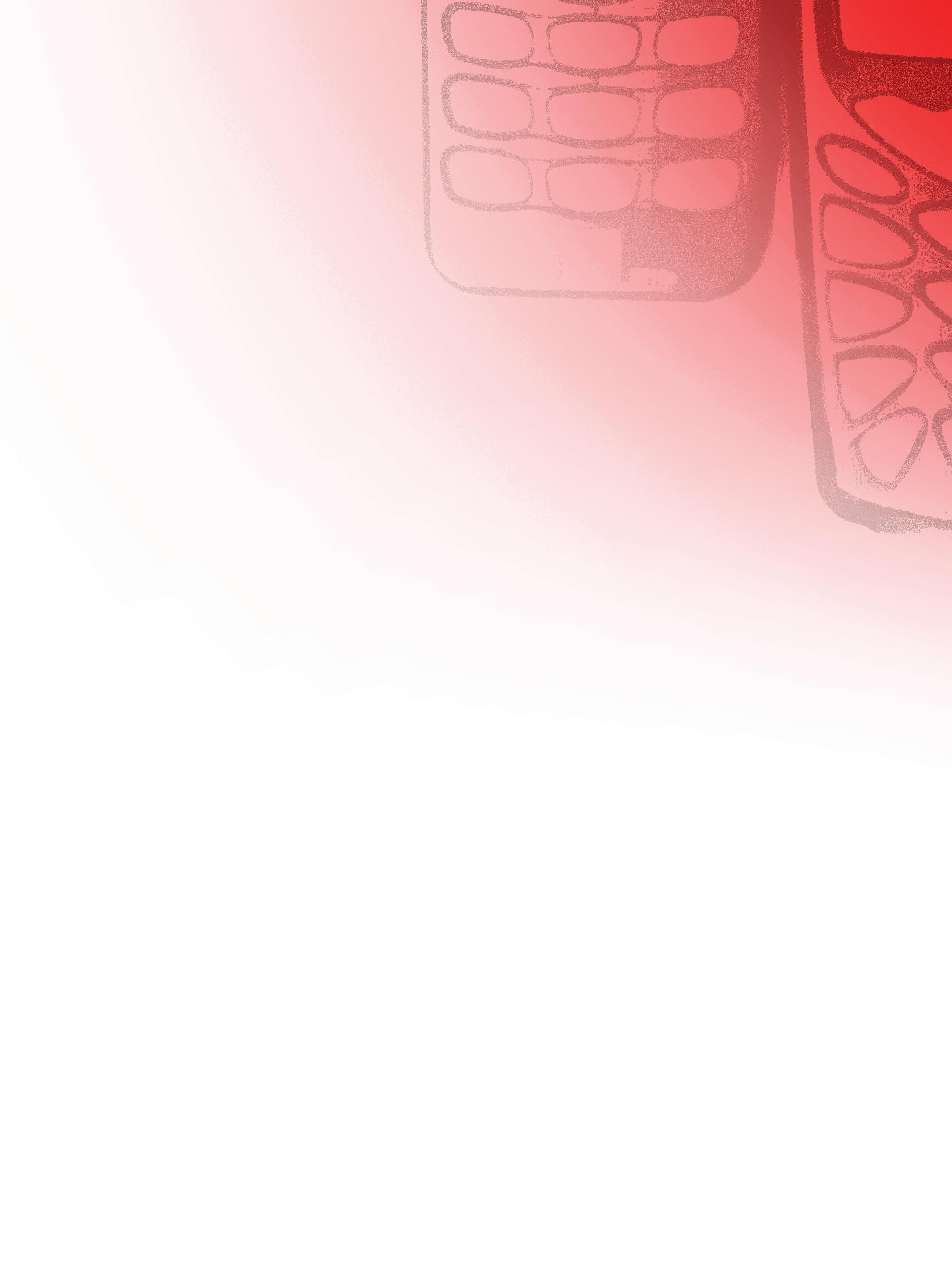
At the time, I was serving as VUWSA President. Alongside many others, I raised concerns about the event’s promotion, coordination and speaker lineup. Following discussions with university leadership, the event wasn’t cancelled, it was postponed and reformatted to include a more diverse lineup of speakers.
You might be thinking: Marcail, I’ve never heard of VUWSA before, and I definitely don’t know who you are, surely no one gave a shit about this.
Unfortunately, you’d be wrong.
My inboxes—email, dMs, social media—were suddenly flooded with hate. Every day brought more abuse, mostly from people enraged that I had (in their eyes) tried to ‘cancel’ a white man. For them, my request to diversify a panel was an unforgivable offense. I was labelled a “stupid woman” bent on silencing straight white men. one person told me to move to a country where women still couldn’t vote, if I was so determined to cancel free speech.
Honestly? At first, the anonymous trolls didn’t faze me. They were faceless usernames— probably some sad guy in his parents’ basement.
But then I started recognising names.
Fellow students I’d met with. Mutual friends. then politicians—david Seymour among them— and the official ACT Party accounts.
This is when it got harder. When disinformation and misogyny come not from strangers, but from people I knew, and from those in positions of power. It’s hard not to feel powerless when the future deputy Prime Minister posts on social media criticising you and encouraging a pile-on from their followers.
And this wasn’t my first time on the receiving end of online hate and abuse.
in 2019, i was a spokesperson for the School Strike for Climate. At 16, I was incredibly naïve to what it meant to speak publicly to the media as a young woman. during my first live t V interview, my singlet slipped slightly, exposing a bit of cleavage. By the time I got home, my message requests were filled with unsolicited sexual messages. The next morning, the Facebook comments on the interview video were full of men gleefully saying they were “too distracted” by my top to hear anything I said.
To them, I wasn’t a passionate 16-year-old climate activist. I was just a pair of tits.
o f course, the abuse i experienced as a student leader doesn’t compare to what many political figures endure. But the patterns are the same. a 2022 study on political abuse found that while harassment affects people of all genders, women are twice as likely to receive death threats. Even one is terrifying. And the cumulative effect can be devastating—eroding mental health, pushing women out of public life altogether.
This is how misogyny silences people.
In Aotearoa, we still don’t have laws explicitly addressing stalking or online harassment (though a bill is in the works). This means that when threats escalate, there’s often no official resource. The burden falls—yet again—on the women targeted, left to manage the fall out alone. Women in leadership shouldn’t have to “toughen up” just to survive. The constant barrage of abuse and harassment is driving women out of politics and forcing those who remain to become desensitised to deeply harmful rhetoric.
So here’s my parting message: call out hate and misogyny when you see it. But more than that, stand with the people who step forward to lead. Have their backs. Fight for them. Fight with them.
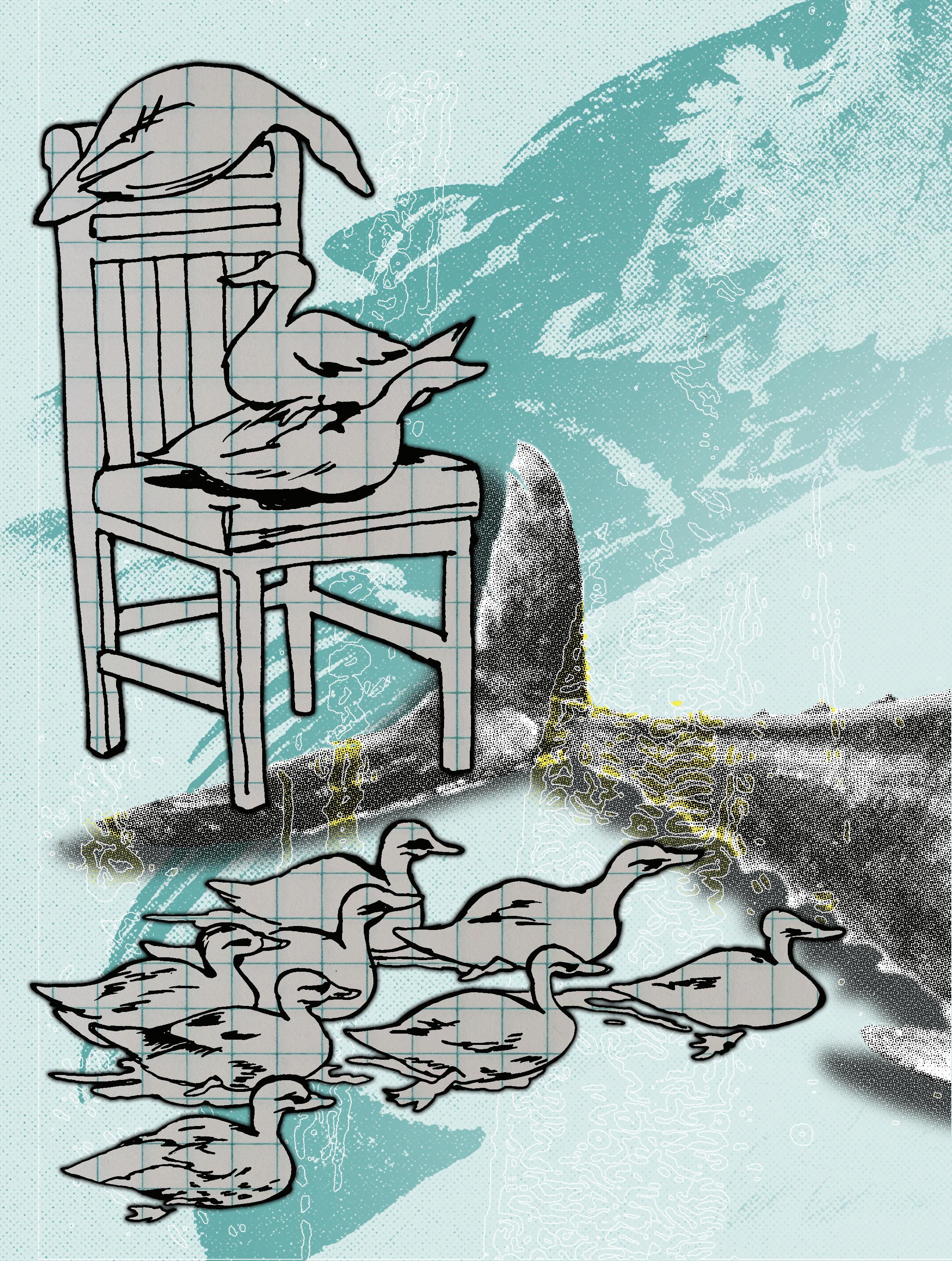
By Anonymous
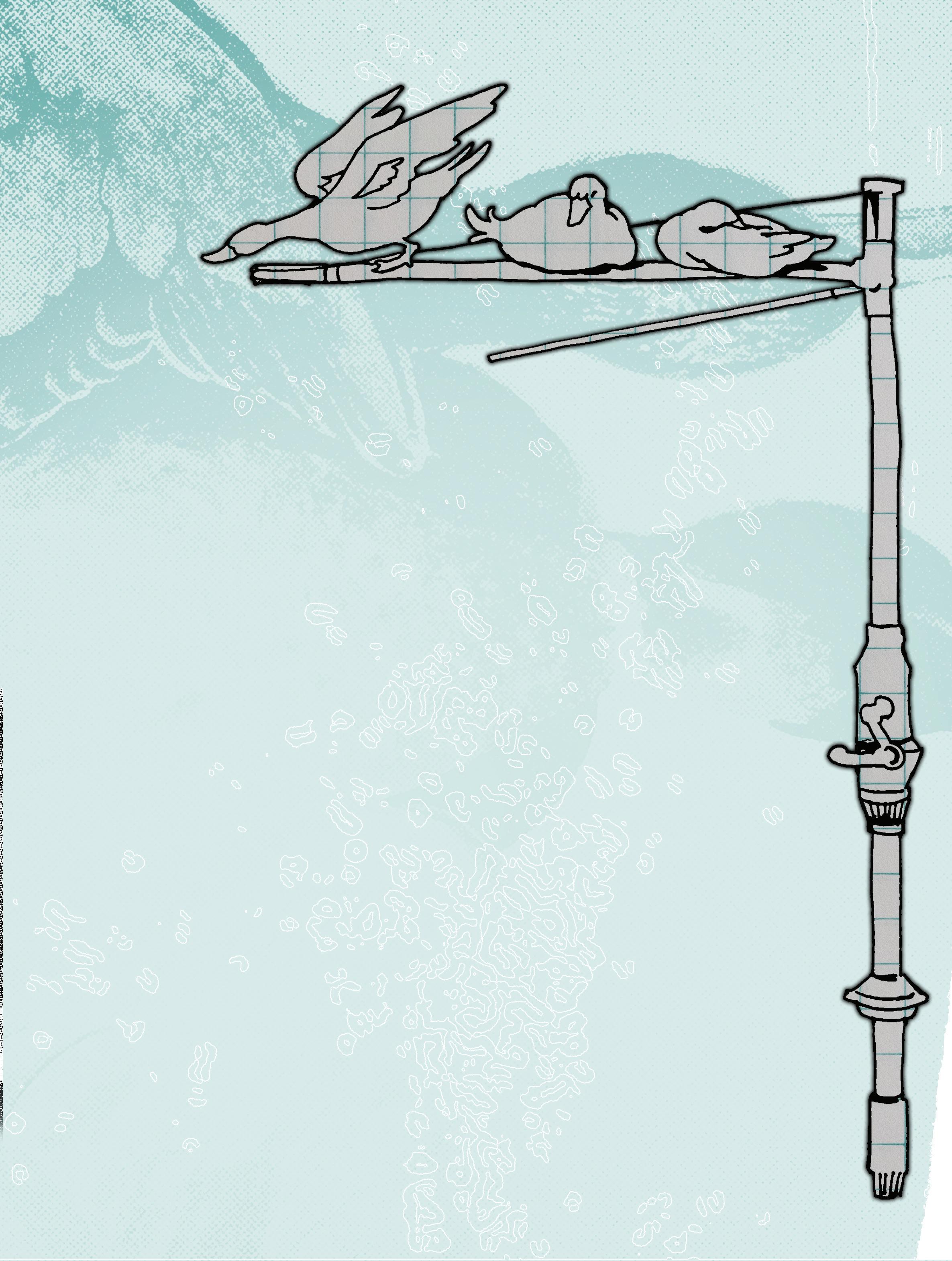
It’s a black coffee morning. Not just the drink— though that too, tar-thick in a chipped Coat of Arms mug—but the mood of it. The air hangs low, like it hasn’t slept. Clouds press down on the town like a damp towel. Everything smells of wet bark and car exhaust—the kind of weather that turns newspaper soggy in seconds and makes dogs bark for no reason.
From the seawall, you can just make out the bend of the bay through mist and motor-oil shimmer. The tide’s either coming in or going out—hard to tell, the way the water chops. Waves stammer against the break like they’ve forgotten their lines. A southerly wind whispers through lambton, cold and dumb and mean. it slinks under jackets, up sleeves, into bone.
A cluster of ducks huddles near the boat ramp, where someone’s left breadcrumbs or fried batter or maybe both. They look like they’re waiting. Not anxious—just still. That kind of stillness animals get when they’ve run out of tricks.
i wonder if they’ll find fish today. or if the fish have gone—taken some invisible back door out of the bay. Packed up their gills and vanished. If that happens, do the ducks follow? do they fly inland, chase rivers upstream until something bites?
Probably not today. The ocean doesn’t run out of fish in a single afternoon. But it could. I know it could. That’s the kind of morning it is.
Someone behind me coughs—a wet, smoker’s sound—and mutters something about not feeding the birds. I don’t answer. Just flick another crust from the heel of a bakery loaf into the current. A seagull snatches it mid-air and swerves toward the wharf like it’s won a prize.
the ducks blink slowly. one of them shifts, feet paddling without conviction. Another dunks its head. Comes up with nothing.
The ocean looks hungover.
If the ducks lose the fish, there’s always migration. That’s what people say, isn’t it?
Survival’s just movement in disguise. I picture them in formation—geese-style, all urgent symmetry—leaving the coast behind. Arrows in the sky over the Hauraki Plains. Flying so high even the rifle guy two paddocks over couldn’t clip them if he tried.
They’d sweep across fields and rooftops and cowshed rows until they found some patch of riverbank still holding silver slivers in its belly. or they’d keep going—right over the Kaimais, past the pā site, the lookout, the quarry turnoff where we used to smash bottles. Maybe they’d follow the old river, the one with the swing rope and the beer crates nailed into the mud like steps.
I imagine them stopping at my old house.
Not the one in Wellington with the mattress on the floor and condensation dripping from the window frame—but home home. The one with the concrete pool and the rotten trampoline. Mum’s not there anymore. She rents a flat in Auckland now—says she likes the light, though her curtains are always closed. The one time I visited, the hallway smelled like supermarket roses and lemon spray. She made me tea in a mug that used to belong to dad.
But dad’s still there. Him and the dog. Maybe he’d see them from the deck—hundreds of ducks waddling up the lawn like it was their birthright. Maybe he’d leave the gate open and fry a pan of bacon like it was just another

Submit your Creative Writing here!

Saturday. He’d let them into the house, line up bowls of aviary pellets, show them where the best sun patches fall across the carpet.
The dog—old now, hips like gravel—wouldn’t mind. He’s good with birds. Used to sit under the orange tree and let sparrows land on his back. He’d watch the ducklings like a pensioner watches the evening news. Protective. Tired. When he was young, he chased everything that moved—cars, bikes, the neighbour’s cat. Now he just watches. like he knows everything that happens is already a rerun.
t hey’d settle in, i think. d ucks in the pool. ducks on the washing line. ducks curled up in my old bed among the soft toys I left behind. The seal with the split seam. The rabbit Mum kept sewing new ears onto, as if that could undo anything. Maybe they’d sleep in the linen cupboard too—tucked between musty flannel sheets and mismatched pillowcases. Nest in dad’s sock drawer.
dad would read to them—Clifford the Big Red Dog and old National Geographics. He’d get used to the smell. Start naming them on a whim: tulla. Beans. James. one would follow him to the letterbox each morning. one would refuse to swim. one would get too attached to the t V remote.
The neighbour wouldn’t like it. Not with his shotgun and his laminated Trespassers Will Be Shot sign nailed to the macrocarpa stump. He’d rattle the fence and grumble about rates and waste and contamination. But the ducks wouldn’t move. And if he set traps, maybe the dog would bark—sharp, insistent—and dad would finally call the cops. Not because he trusts them, but because he trusts the dog.
Eventually, dad would give up the car restoration business. Convert the garage into a shelter. Hang a Not For Profit sign on the rusted mailbox. The Council wouldn’t know what to do. Neither would Mum, when she came back years later and saw ducks roosting on her good dining chairs.
She’d say something like, ‘of course you did.’ Then she’d pour a glass of wine and sit on the porch and let a duckling climb into her lap. My
brother would bring his mates over just to see the madness. They’d drink cider, laugh, and take videos.
Maybe the fish would come back, too. Maybe d ad would install some elaborate pump system and repopulate the pool with snapper and flounder and those eels that writhe at the bottom. Maybe he’d teach the ducks to dive again. Rewilding, they’d call it—if it were happening anywhere else.
I’d visit for Christmas and help bury the neighbour’s shotgun under the feijoa tree, next to the dog’s grave. Wrap it in a towel and a poem. let it rot with all the other metal things we don’t need. The dog’s marker would just be a rock, nothing fancy, his name scratched in with a nail.
I’d tell the ducks they’re safe now. No more guns. No more lost to stubborn men. Just rafters and dust and nest after nest after nest. I’d leave the garage door open so the wind could move through. let things come and go.
outside all that—outside imagination—the wind kicks harder. Real rain now. Soft at first, then pressing. My jacket’s too thin, but I don’t move.
A new man yells from further up the wharf.
‘ d on’t feed them!’ he shouts, louder. ‘You’ll make them dependent!’
I don’t look at him. Just toss the last bit of bread into the tide and watch the birds scramble. They flap and lurch and hiss like it’s the first food they’ve seen in days. one duck is pushed under as another claws onto its back, wings flailing in the shallow chop. It isn’t elegant—barely even duck-like—but something closer to desperation.
The fish might still be out there, hovering just below the surface, invisible and possible. But the ducks don’t know that. And neither do I. I tighten my hood against the cold, watching my breath coil into the grey air. Still, the ducks don’t leave. They never do. They linger in the shallows, waiting for something to change, or return, or reveal itself.
Sitting ducks.

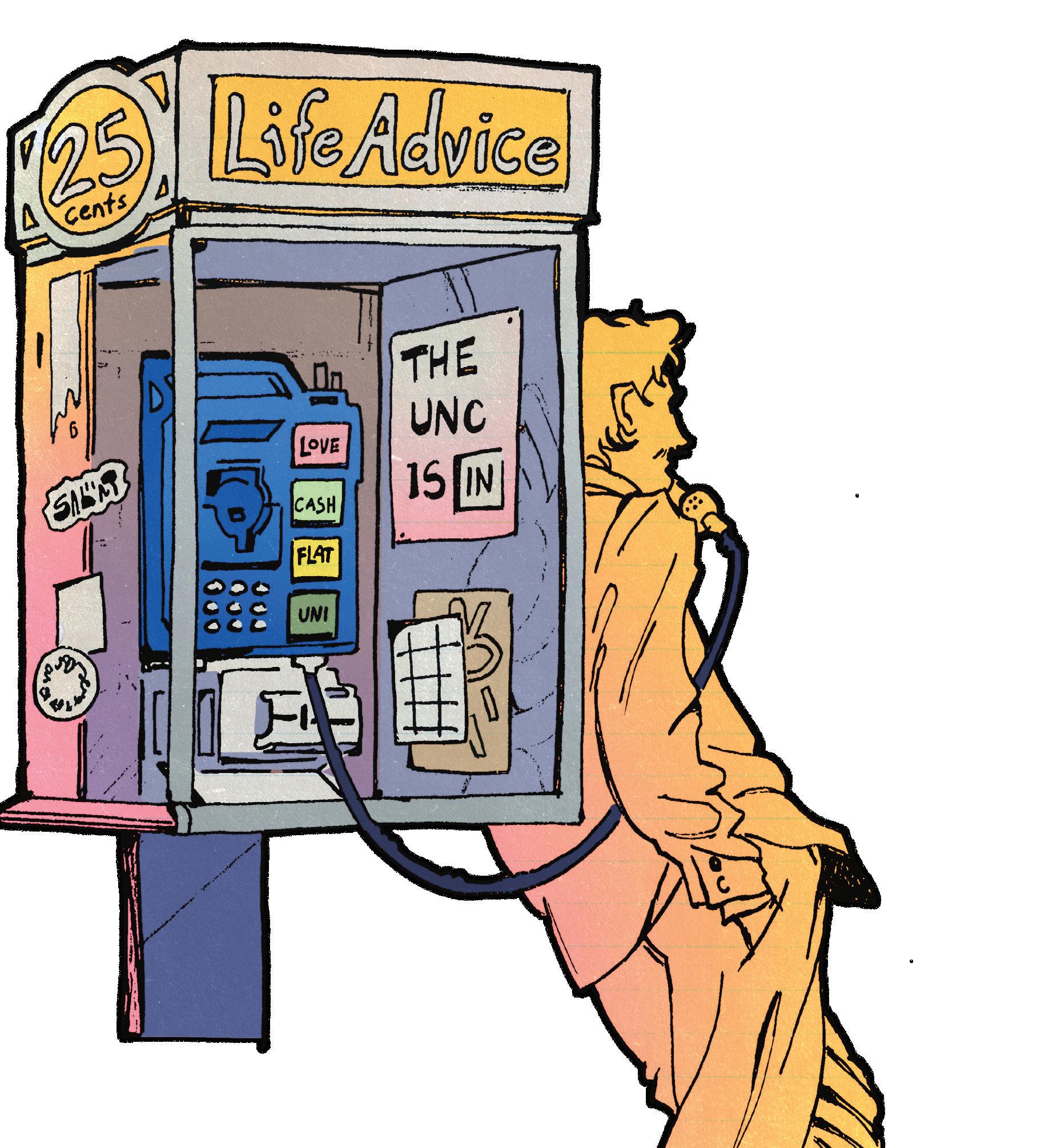
Ah yes, the old residential romance conundrum
A tale as old as time, or at least as old as Te Puni.
So, you want to date someone who lives ten paces from your sock-strewn shoebox of a room. The girl a door down — convenient, familiar, probably once lent you salt or passive-aggressively wiped your crusty dishes. And now, for reasons likely linked to boredom, end-of-trimester dread, or the smell of her coconut shampoo in the hallway, you’ve decided this might be love.
right. let me tell you something, kid. i once fell in love with the woman in the flat above mine. Two months later, I was using a broom handle to knock on the ceiling and ask for my hoodie back. So no, I’m not against your idea. But I am deeply, profoundly wary of it — the way one is wary of public WiFi or “optional” group work.
let’s break it down:
Pros: She’s nearby. You already know she doesn’t listen to drum and bass at 3am (unless you do know that, in which case: abort mission). Hallway conversations are easy. Mutual context — you both know the pain of shared laundry and the weird guy who microwaves tuna.
Cons: You now risk turning your living space into a long, low-stakes soap opera. If it goes badly — and statistically, it will, unless you’re the one
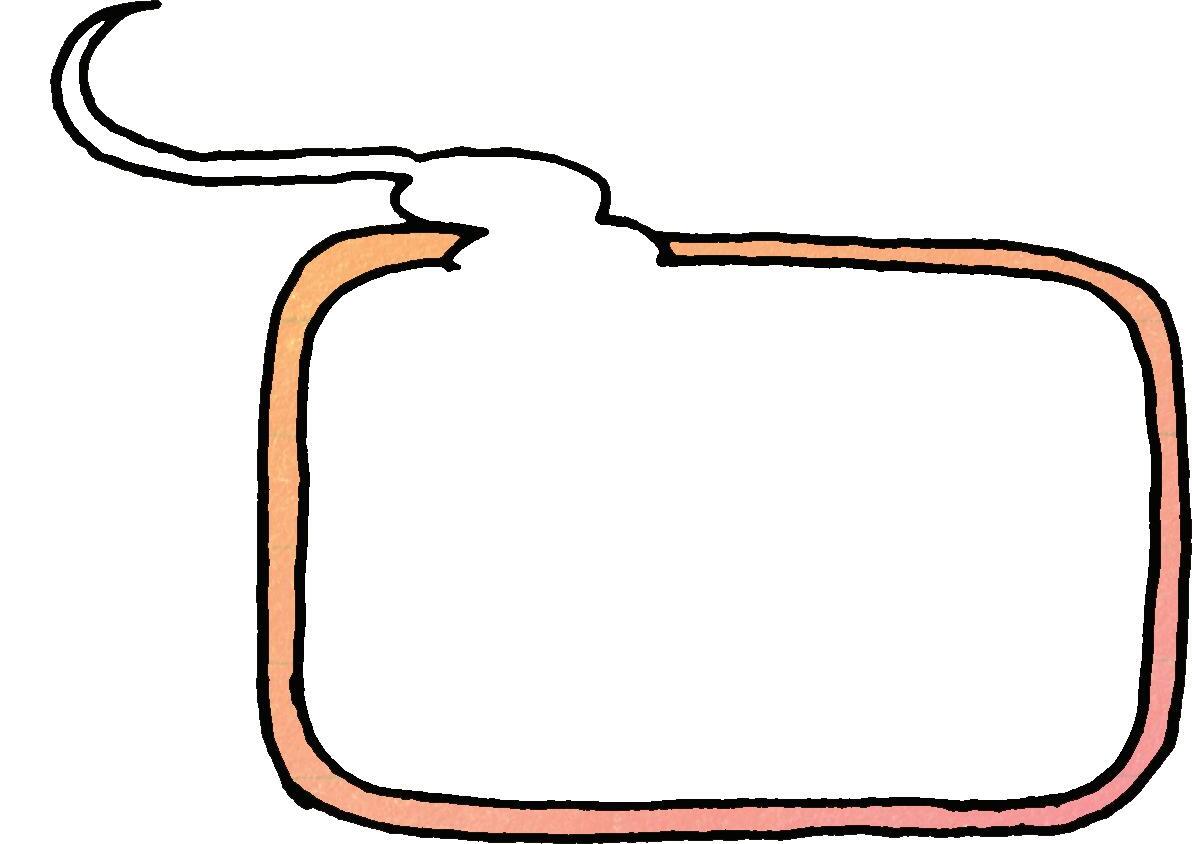
Should I Ask Out the Girl a Door Down in My Hall?
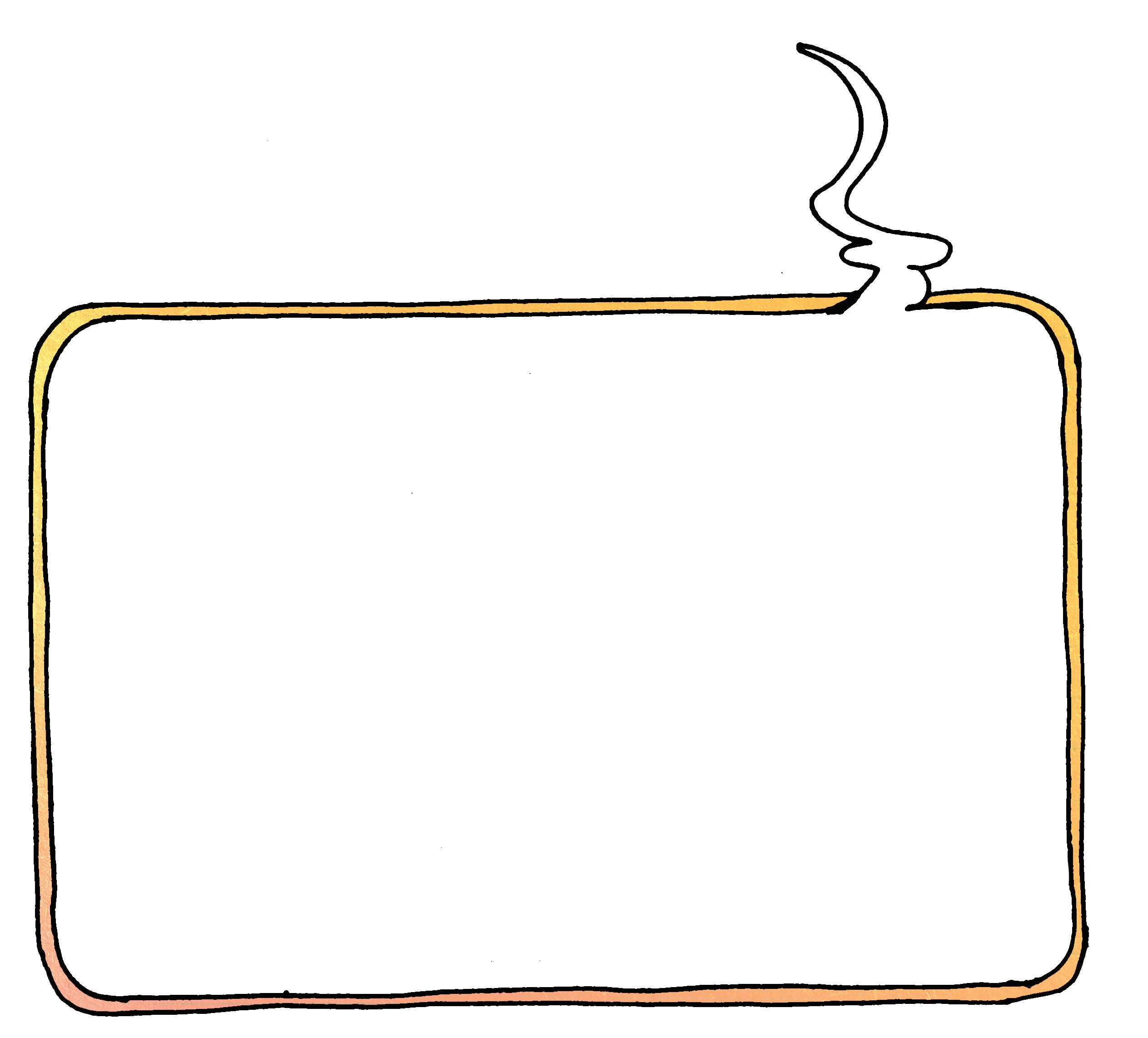
smug couple still together at graduation — you’ll be trapped in a slow, passive-aggressive spiral. Every door slam will feel personal. Every flat party will be emotionally booby-trapped.
If you’re going to do it — and I can’t stop you, because youth is wilfully foolish — then for the love of sanity, ease into it. don’t show up like a discount Hugh Grant with a packet of Tim Tams and shaky hands. Talk to her like a person. Make her laugh without trying too hard. Gauge if she’s interested or just being polite because you share a hallway and the social contract requires it.
And if it works out? Great. You’re a statistically rare success story. Just remember to be decent if it crashes and burns. don’t get petty. don’t play breakup Coldplay at full volume. Be a grown-up — or at least the first-year version of one.
In short: You can ask her out. But only if you’re prepared to keep doing laundry in the same building while knowing she’s seen you cry over laWS111.
Ready for the next bout of existential dread? Agony Unc(le)’s inbox is always open. Bonus points if it involves romance, rent, or whether a $14 flat white is a crime.
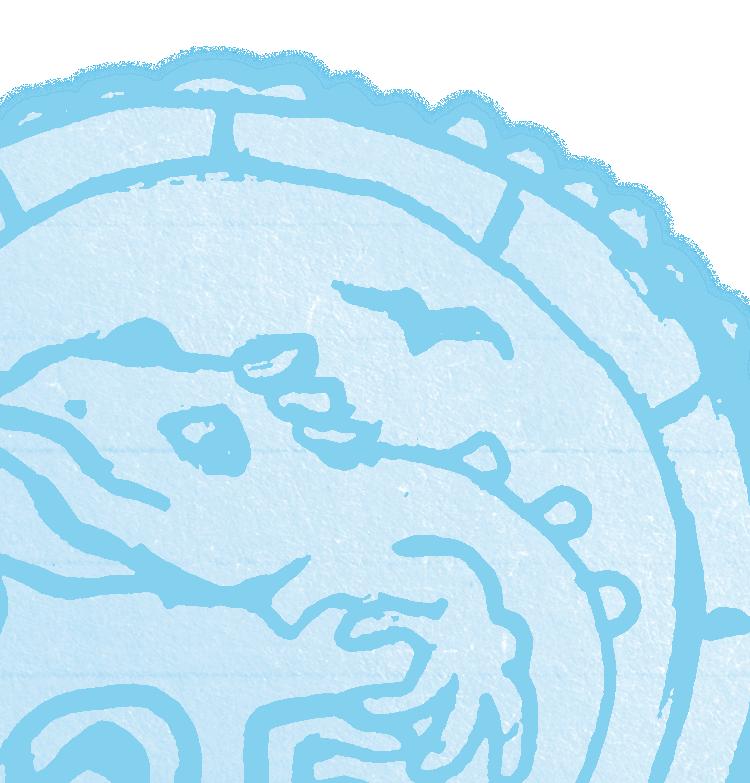


Column by: Climate Clinic VUW
Was your last essay a work of Chat-GPt? or break up text for that matter? Generative AI is inescapable, and it’s also (and arguably more effectively) generating something else you might not have thought of: climate change.
AI, like the internet generally, doesn’t exist in the ‘cloud’ as we might imagine. It operates out of data centres: massive facilities filled with turbocharged computers which are very real, very tangible, and very hungry for energy and water.
Because it involves far more complex computing, simple ai queries typically consume 10 times the energy of regular Google searches. Image generation is even worse, about half an iPhone charge per image. Fresh water is also crucial for the cooling systems of these data centres. A ‘short’ conversation with Chat-GPT evaporates half a litre of water, quickly adding up to billions in a world already reckoning with impending water shortages.
data centres are proliferating so quickly to meet the demand for computing power that they are expected to consume enough energy to sit at 5th place of global energy consumption by country by next year. That means data centres will be using ever so slightly less energy than Japan in its entirely. or, put another way, 43 times as much energy as little Aotearoa. And half of all this is just AI.
You mightily naively assume, coming from the
land of renewables, that this would at least be clean energy. Wrong again. The majority of data centres are in the US, where fossil fuels still dominate at 80% of generation (with nuclear being another 8%). So ai is powered by dirty, high-emitting energy sources.
And this is all going to get much worse. It’s estimated that the computing power required for ai is doubling every 100 days, meaning in the next five years it will need to increase by a million times.
despite all this, ai might have some uses in mitigating and adapting to climate change. It has proven its worth in designing more efficient buildings and cities, and predicting weather for more sustainable agriculture. But these positives hardly outweigh the negatives, and do nothing to address the underlying issue: boundless growth inevitably ravages limited resources.
I’m not preaching to avoid AI like the plague— as it develops the reality is we pretty much have to use it or be left behind. But like all tools, use it wisely, and be mindful of the cost of convenience.
as the founder of open ai (Chat-GPt’s parent company) said, “AI will probably lead to the end of the world … but in the meantime, there’ll be great companies.” This end just probably won’t be a dramatic revolution of computers turning on humans: it will be their contribution to the very real and current threat of climate change.
1 Entertainment device in most living rooms (10, 3)
6 Back up* (6)
9 Citation* (6)
11 Pass on (as an email)* (7)
12 Shakespeare story* (4)
14 Vow (4)
17 Strength* (5)
19 Goddess of Peace (5)
20 Town exactly halfway between Wellington & Palmerston North (5)
21 Hesitate* (5)
24 Silence* (4)
27 list of options* (4)
29 Narrow body of water* (7)
30 length x Width x Height* (6)
32 Evening party (6)
34 Handheld for 1A... or where you’d push for *answers* (6, 7)
2 Quite a sight (like the Eiffel, I hear?) (6)
3 delivery vehicle (3)
4 Tic-Tac-Toe winner (3)
5 Accompany (6)
7 Questionable (4)
8 “donnie ___”, 2001 cult film (5)
9 Key for elbow room? (5)
10 Ctrl + Z (4)
12 rainbow maker (5)
13 Spy; secret _____ (5)
15 Wow (5)
16 Poem with an odd-number of syllables (5)
17 ____ talk (3)
18 Future fry? (3)
22 out of bed (5)
23 Congestion site? (5)
25 Revolted (6)
26 Beige; colour of unbleached linen (4)
27 1052 in rome (4)
28 _______ uno is number one (6)
31 Introduced to (3)
33 Possess (3)
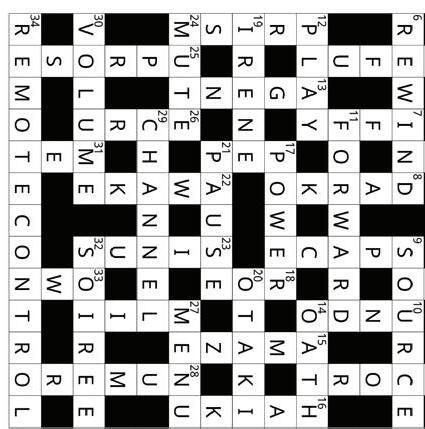
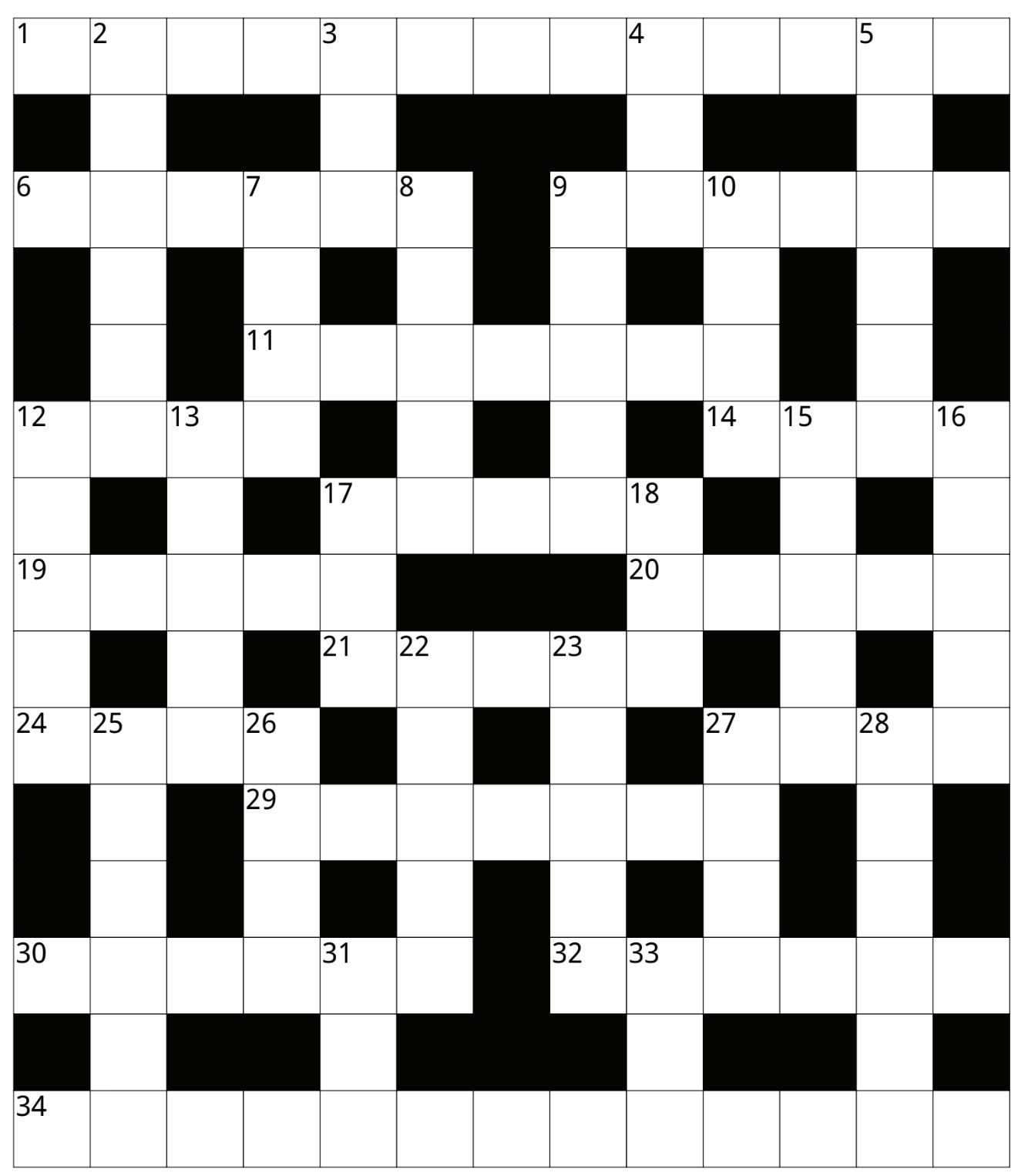
sit through a 3-hour lecture with no slides give a 10-minute presentation in front of your ex? or
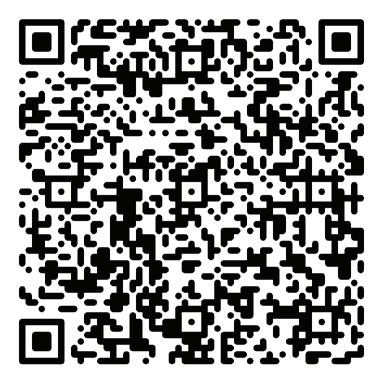

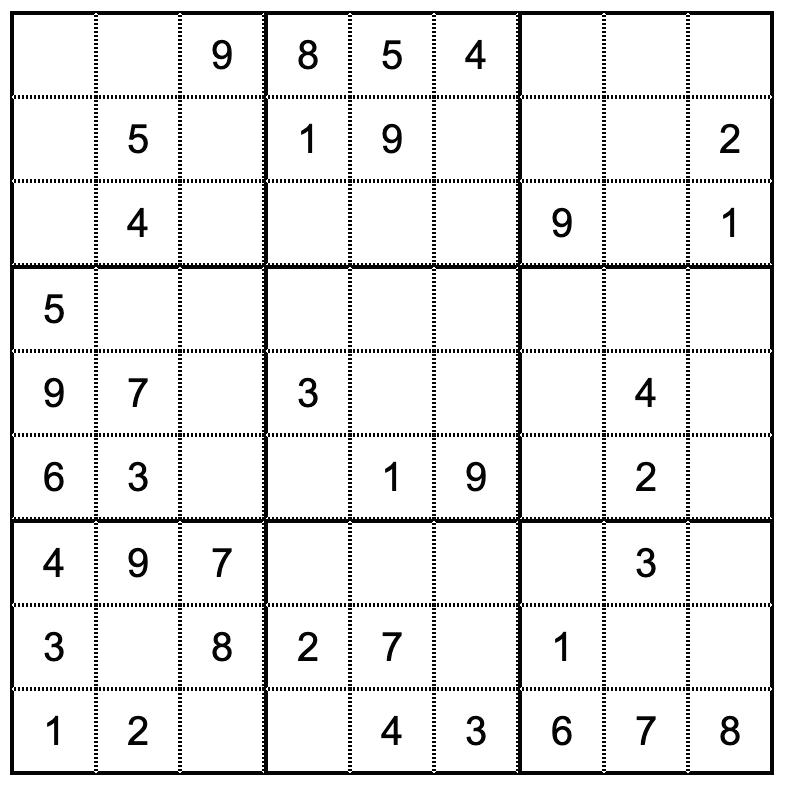
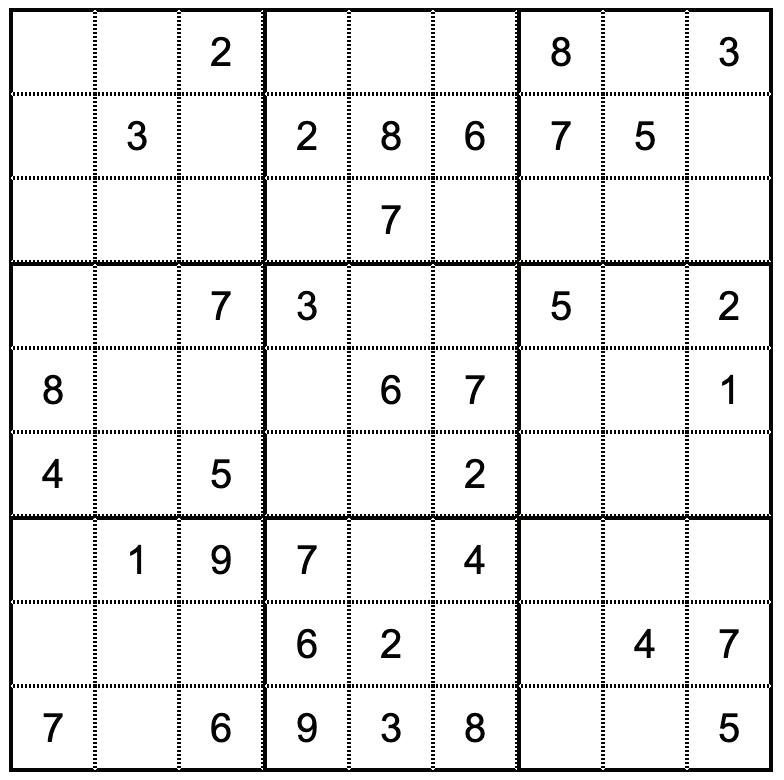
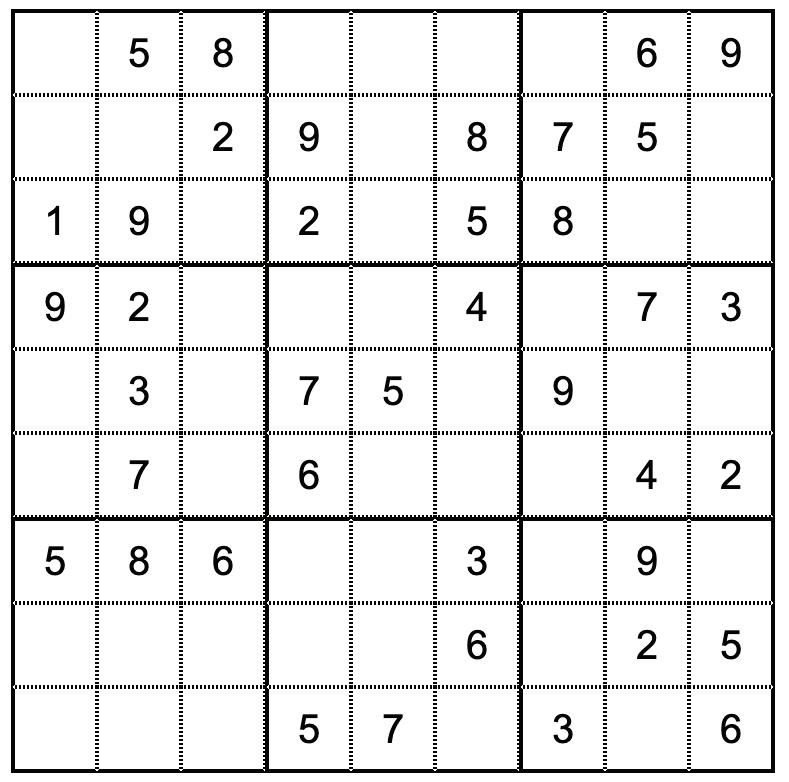
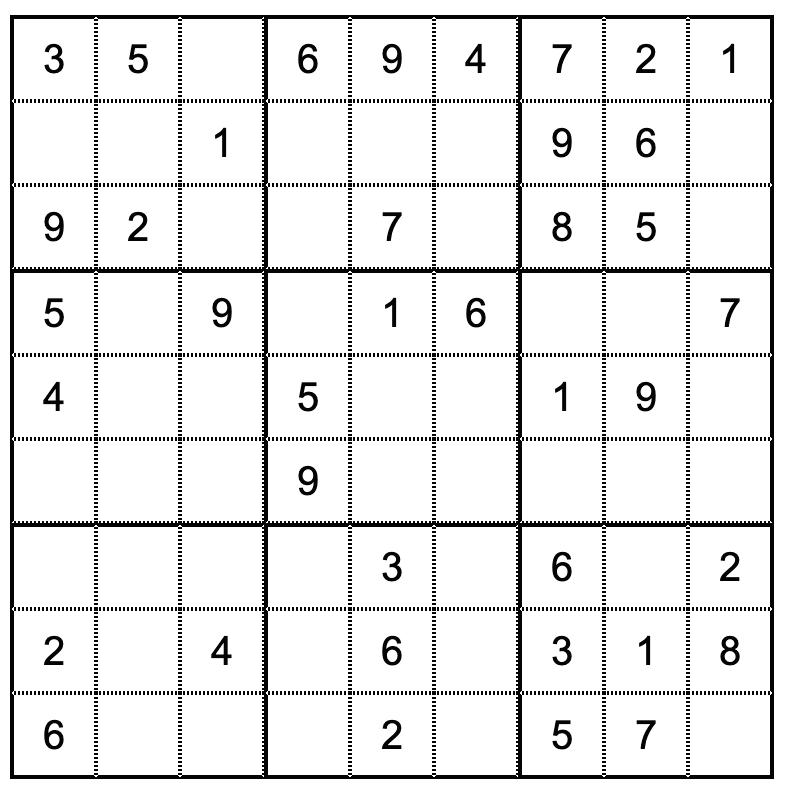

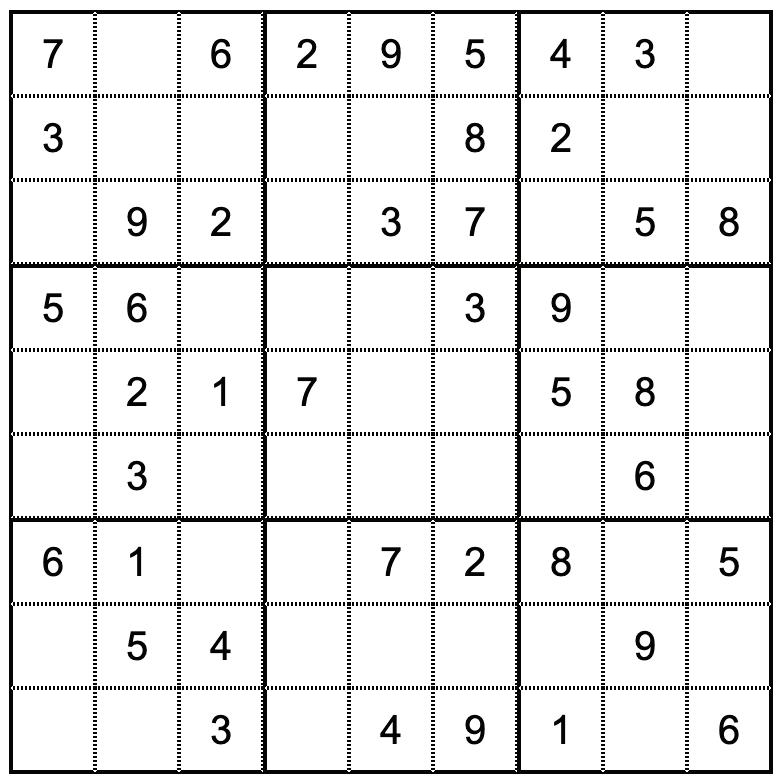

Can you find `` ?



By VUW International Socialists / ISO
We hear all the time that socialism is “when the government does stuff”, but is that actually true? To clear things up, here are a few ways of thinking about the state: The state is a limited territory enforced through a border. And as we have seen in recent months with ICE agents kidnapping immigrants (or anyone who simply looks like an immigrant) off the street, the border itself is a kind of violence. It is best understood not as a physical place but as a process, which continues to exist through patrolling and surveillance. The border, then, is not contained at the wall or checkpoint. It slices through courts, voting booths, families, and communities. It is the present history of colonialism, where the old lines of empires persist into today. the anti-iCE protestors in la explained this perfectly: “we didn’t cross the border, the border crossed us”.
This brings us to the second point: even democratic states are not “neutral” or “equal”. Rather, they reflect the balance—or imbalance—of material power. Just consider how oil and gas exploration is now legal in Aotearoa, but obstructing it is illegal. or how the Crown rules over land and people, despite Māori never ceding sovereignty. In this way states serve to protect the interests of colonialism and capitalism. ordinary people can challenge these powers within the arranged framework (fighting for better laws or voting in elections) but may not challenge the framework itself (such as choosing a different legal system altogether). Needless to say these restrictions have proven unable to prevent our current crises, like runaway climate heating or the genocide in Palestine.
As a result, politics becomes a spectator sport: something you see on TV or leave to officials, rather than something you participate in. Change becomes a clogged, boring process. This is why socialists have weekly meetings, organise campaigns, and attend protests—not to “let the government do stuff”, but to build a democratic culture from below. one where we can challenge the racist structure of the state and take responsibility for ending its cruelties.
Socialism, then, means abolition. It means unravelling all the assumptions and arguments which make suffering ordinary, and it means building something new.


hello! my name is nate and i created this collage to celebrate one of my favourite album drops of the year, kevin abstract’s ‘blush’. i “specialise” in mixed media design and videography, as i find blending analogue and digital practices creates the most unique outcomes. i do a bit of design for this wonderful magazine and also a lot more fun stuff over on my instagram - @natemurrayart. p.s, this piece is actually bigger on my instagram, so check that out to see the full thing
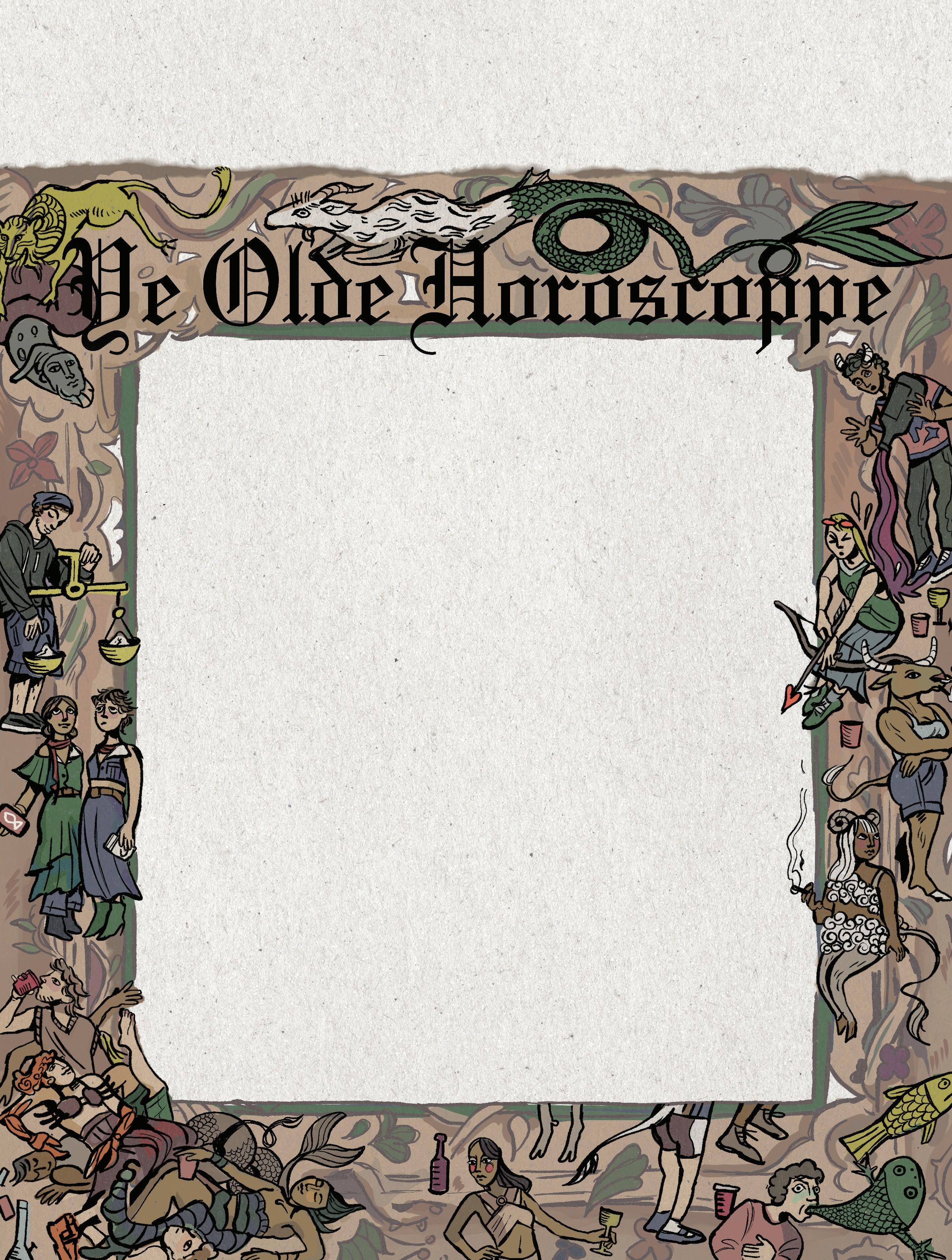
You’ve been single for a while, and that’s okay, but maybe it’s time to get out there and date again. It won’t be like that one time you got ghosted, I promise. Do: Cut your pets nails. Don’t: BDSM.
Do you remember that person you locked eyes with while walking across campus last week? Well, they’re thinking about you too. They want you. Go find them. Do: Bold first impressions. Don’t: Eat pickles
You know what you should do? Go down to the waterfront and hire a kayak. You need to get outside more, see how far across the harbour you can get, race one of those pedal boats, or the ferry. Do: Watersports. Don’t: Use a towel.
You’ve been in a bit of a rut lately, and I know how to get you out of it. For this week, your job is to eat as many kinds of different soup as possible. Who knows, you might find a new favorite. Do: Boiled cabbage. Don’t: Turn down a high five.
It’s a week for being unhinged. Let your freak flag fly, redownload Tinder, go to the gig, be messy. Flirt with the Night n’Day employee. Do: Skip class. Don’t: Catch feelings.
Don’t go outside this week. This is the time to stay indoors, Uber Eats all your meals, and catch up on the 30 lectures you’ve already missed this trimester. We don’t know how you did this, we’re impressed. Do: Hot water bottle. Don’t: Socialise.
Hook up with a Taurus. Be someone’s villain origin story. Eat that packet of chips right at the front of the lecture while scrolling Reddit.
Do: r/relationshipadvice Don’t: r/amitheasshole.
Do you ever feel like a plastic bag? Wandering through the world? Wanting to start again? Well I have the pitch for you: sign up to Uni Rec.
Do: Katy Perry Eras Tour. Don’t: End your relationship.
This is the week for comfort. You have been working hard lately, this is the time it all pays off. Take a walk, smell the roses, don’t let a pigeon shit on your head. Do: Self love. Don’t: Work extra hours.
You don’t have much on this week, do you? Maybe you’re blaming classes, maybe you’re blaming the part time job. I’m blaming you for being lazy and not texting your friends back. Do: Facetime. Don’t: Twitter.
This is the week to indulge. Stay up until 6am watching that Netflix show. Go to a restaurant on your own and eat dessert first. Do: Buy something nice for your partner. Don’t: Be single.
You want to know the issue with your classes? You’re taking them. Now is the time for a drastic change, don’t be shy, just admit it to yourself.
Do: Cut microbangs. Don’t: Text your ex.